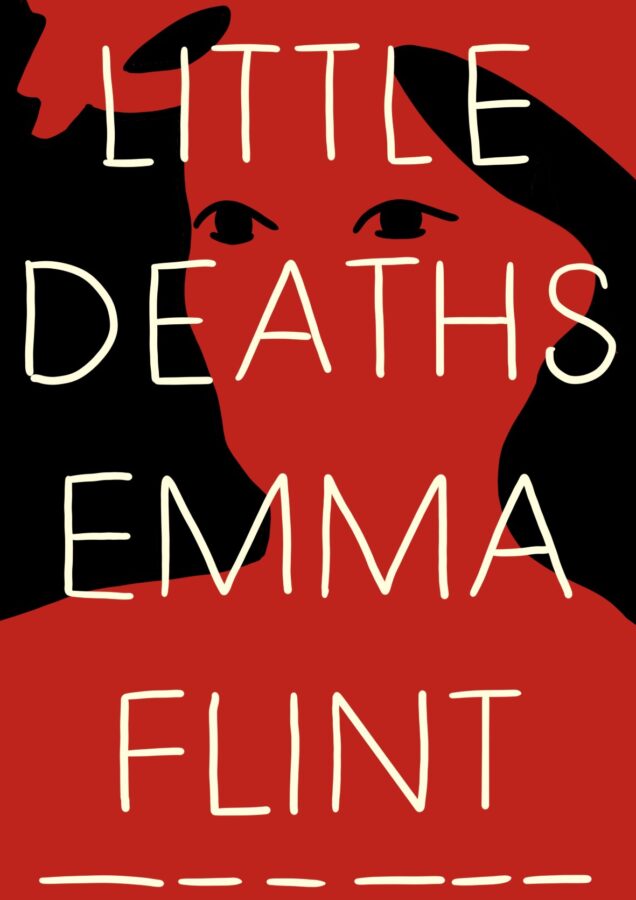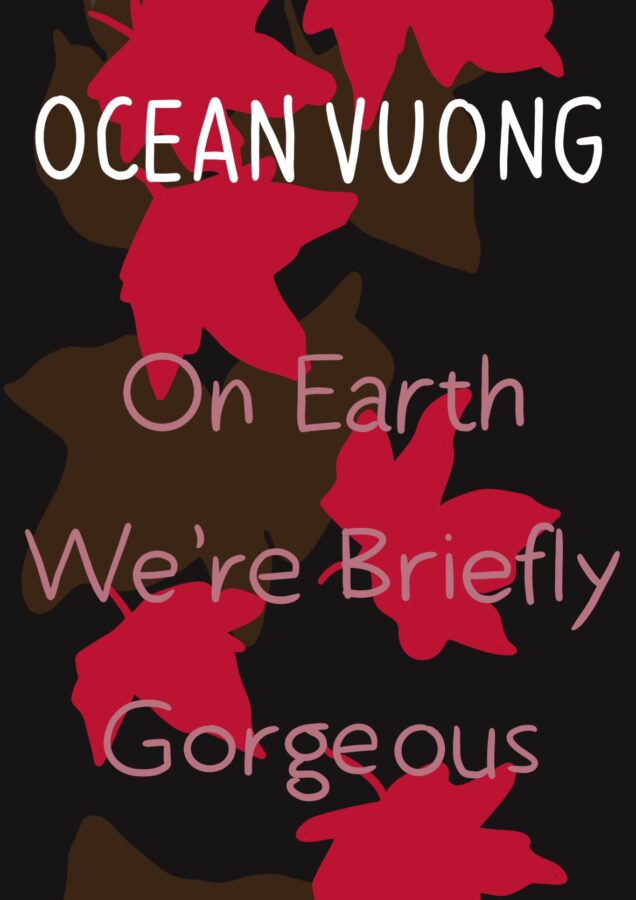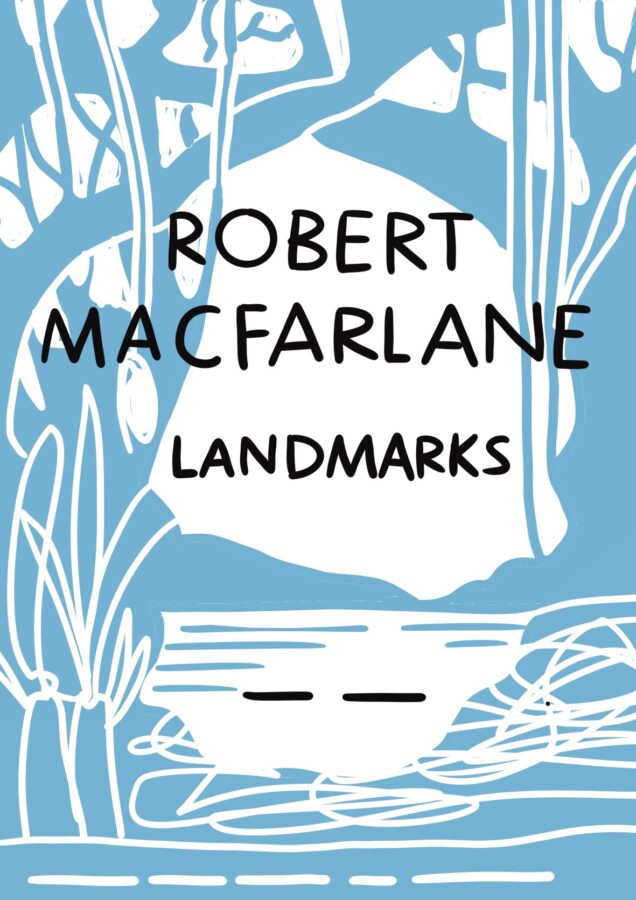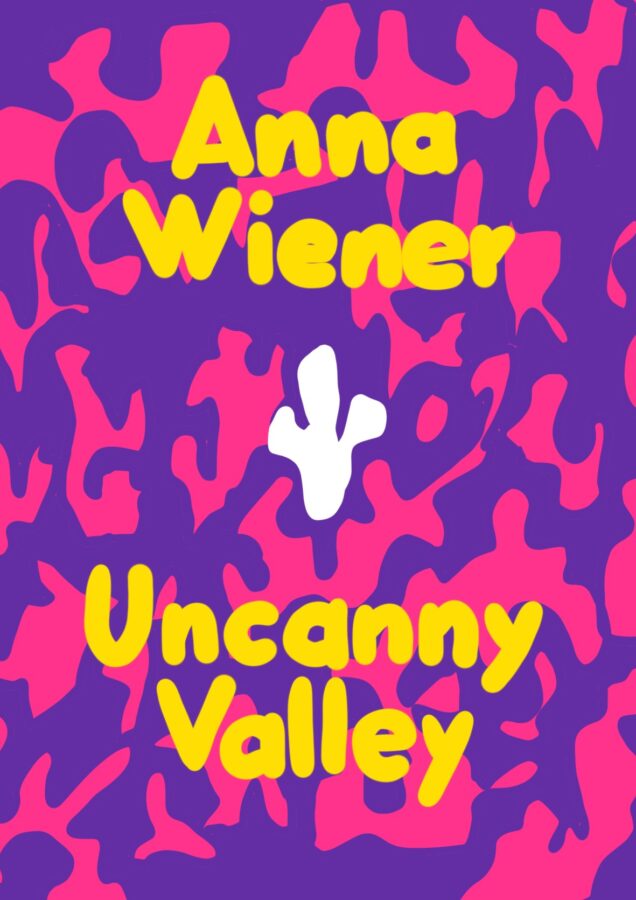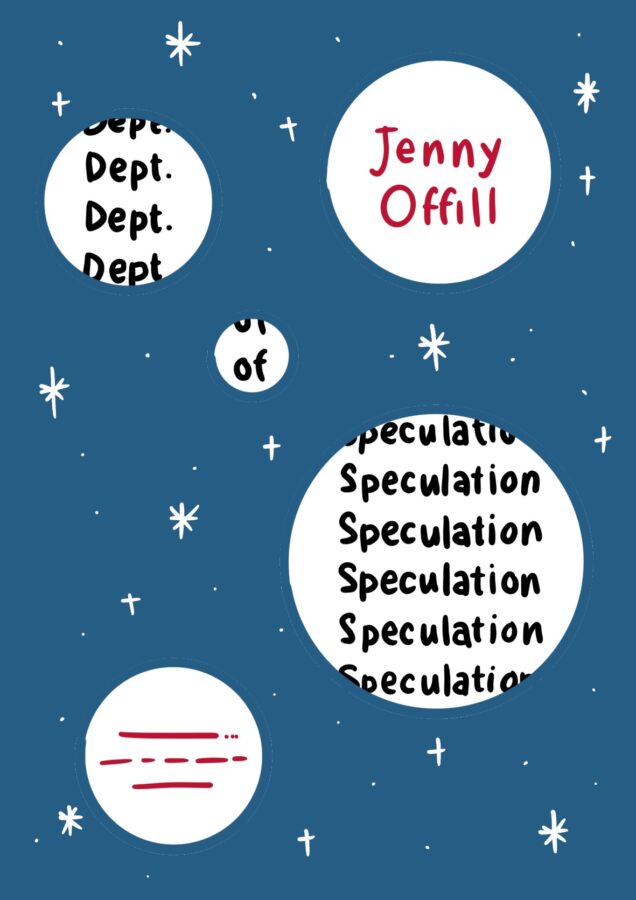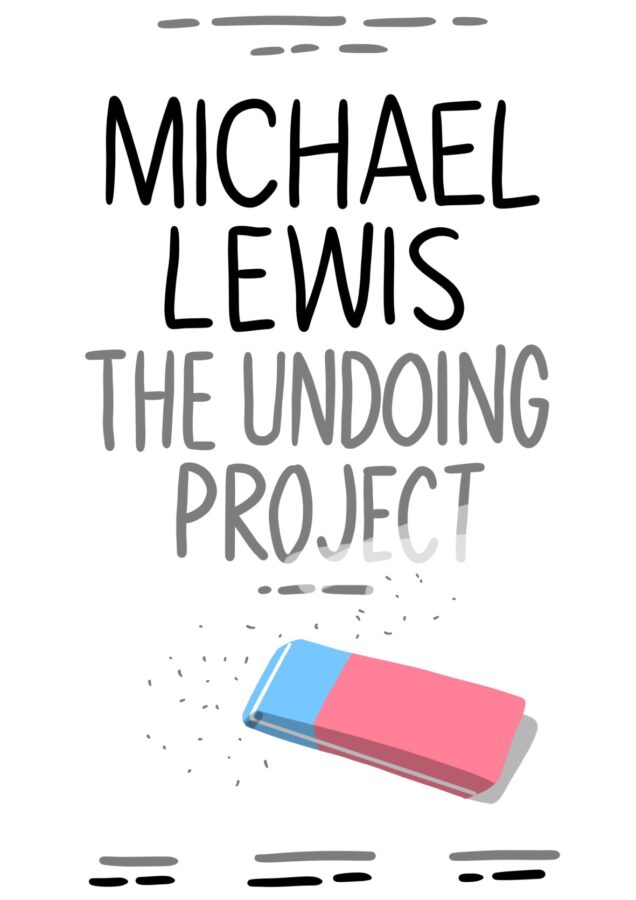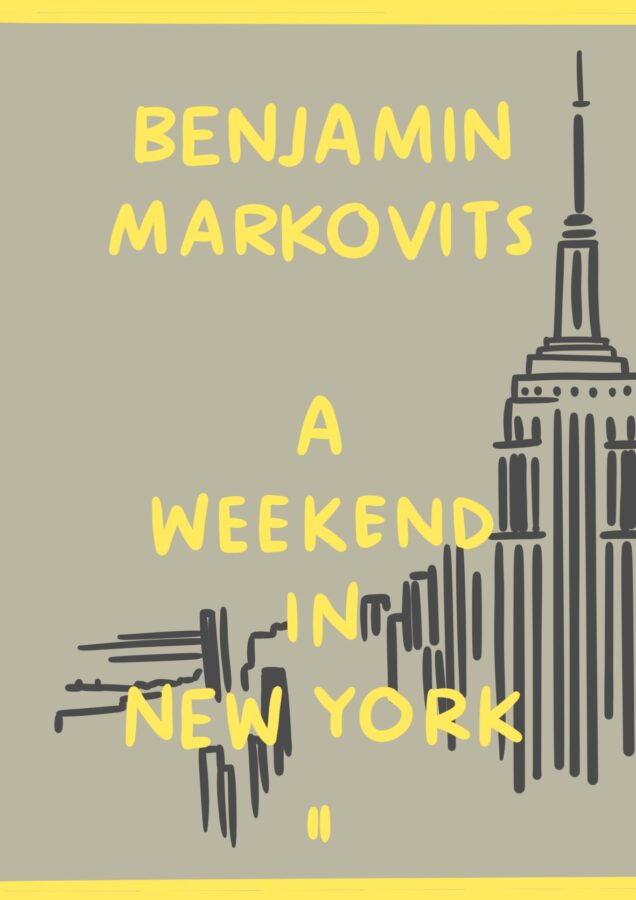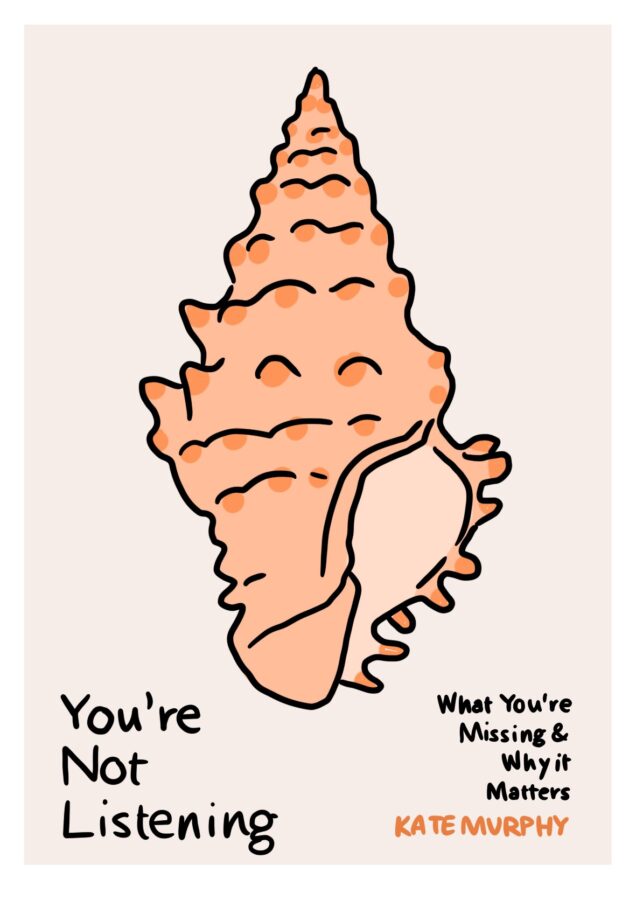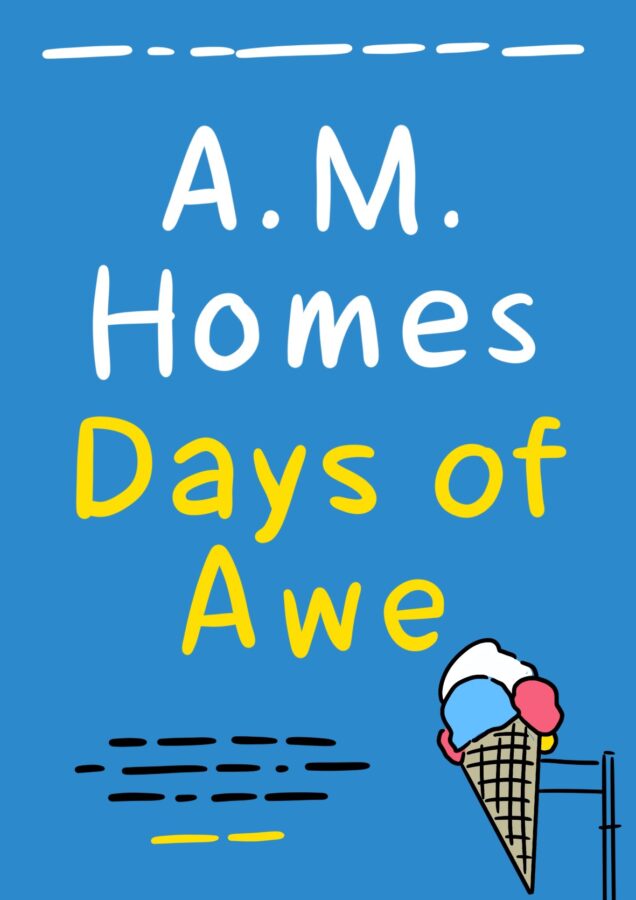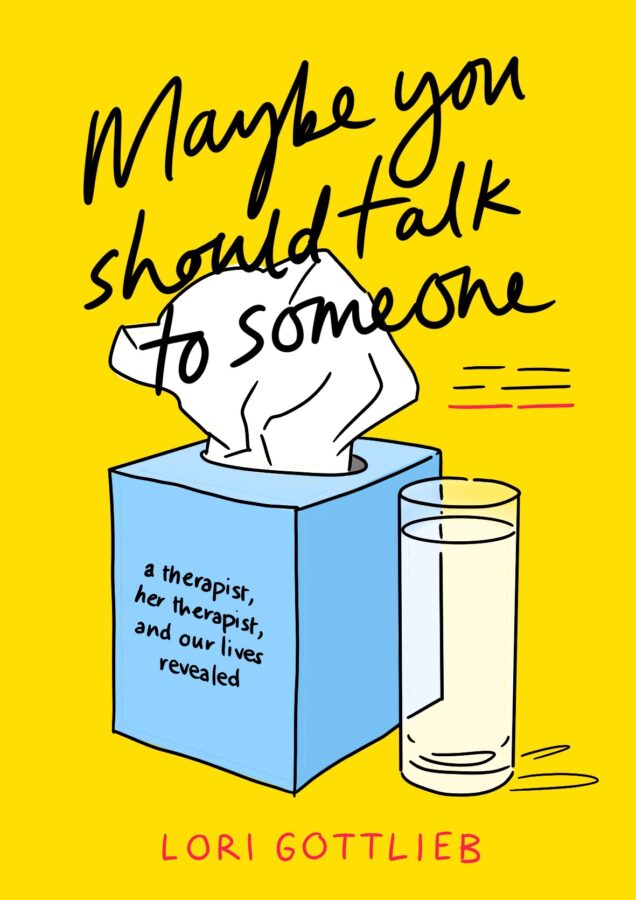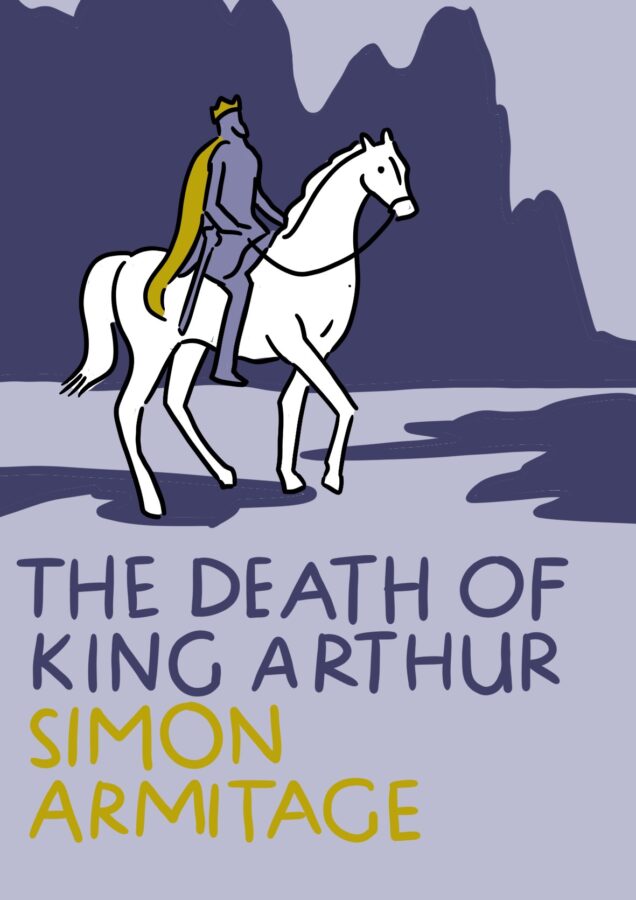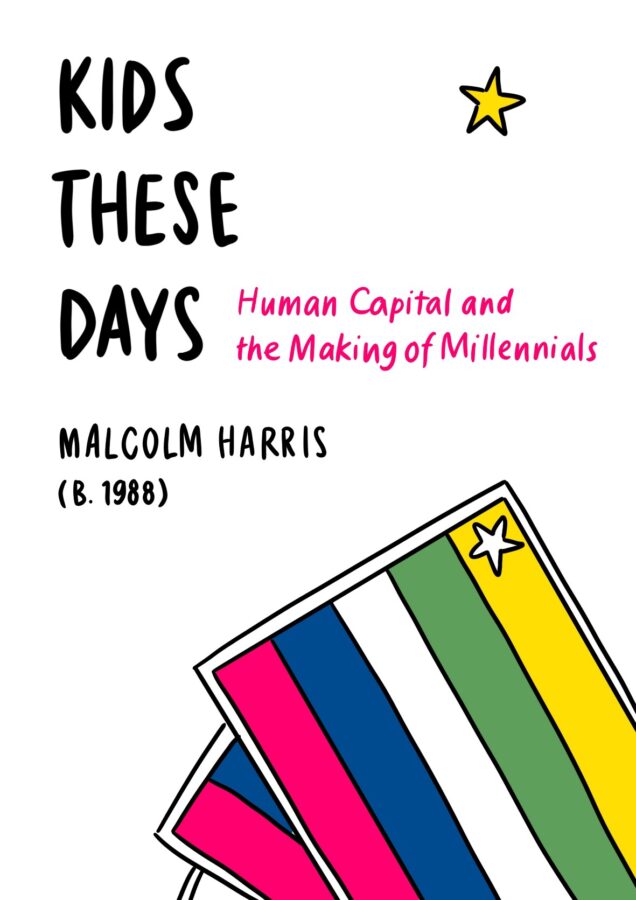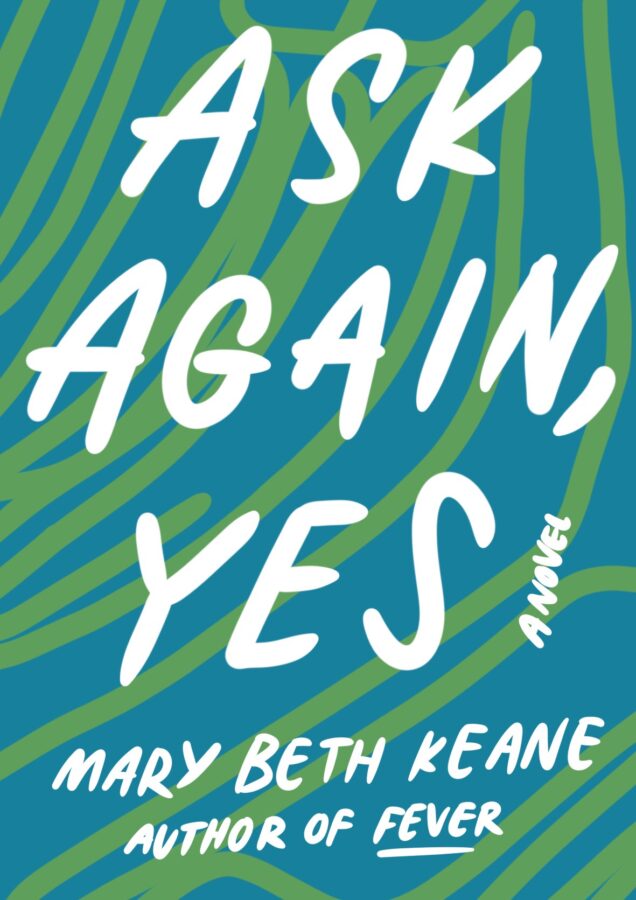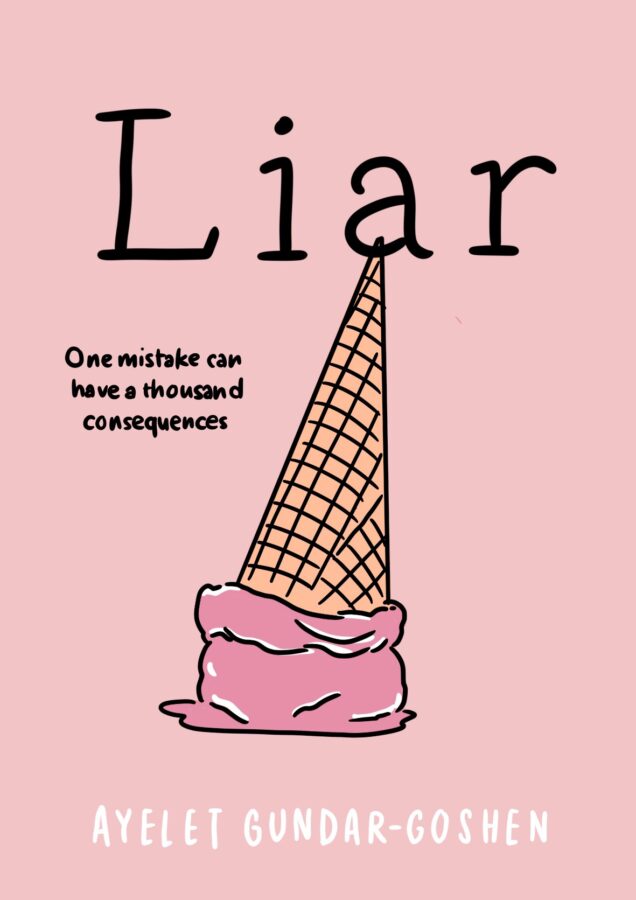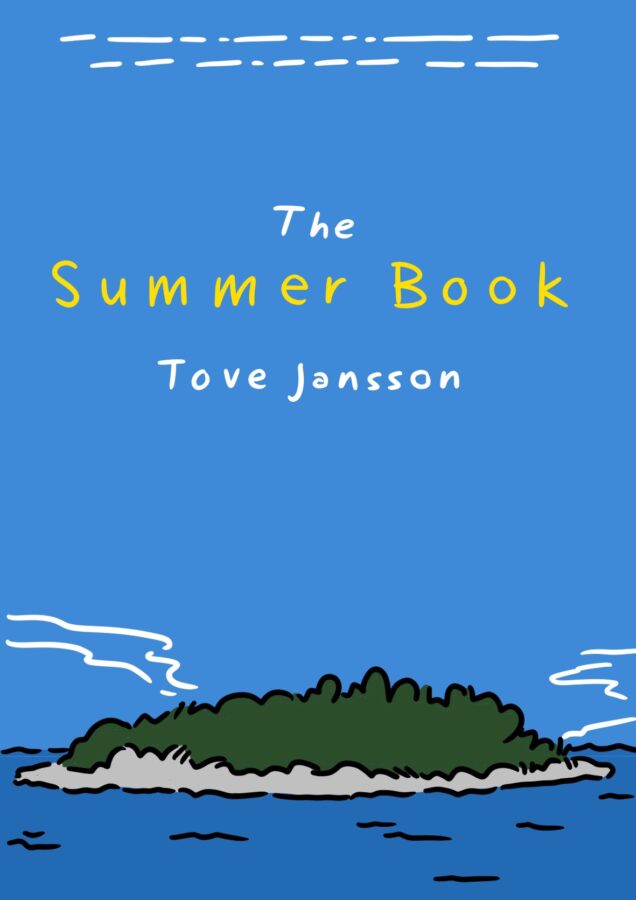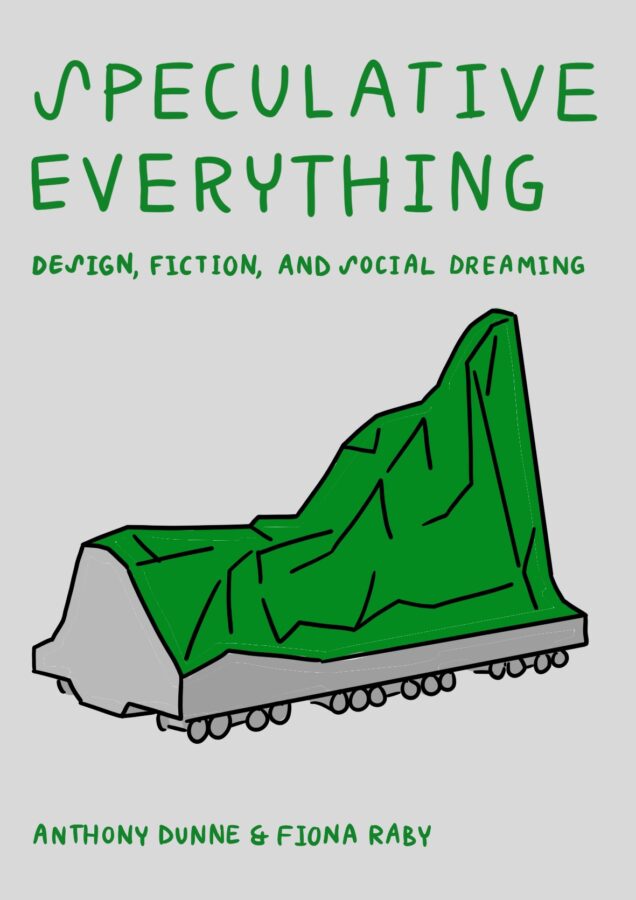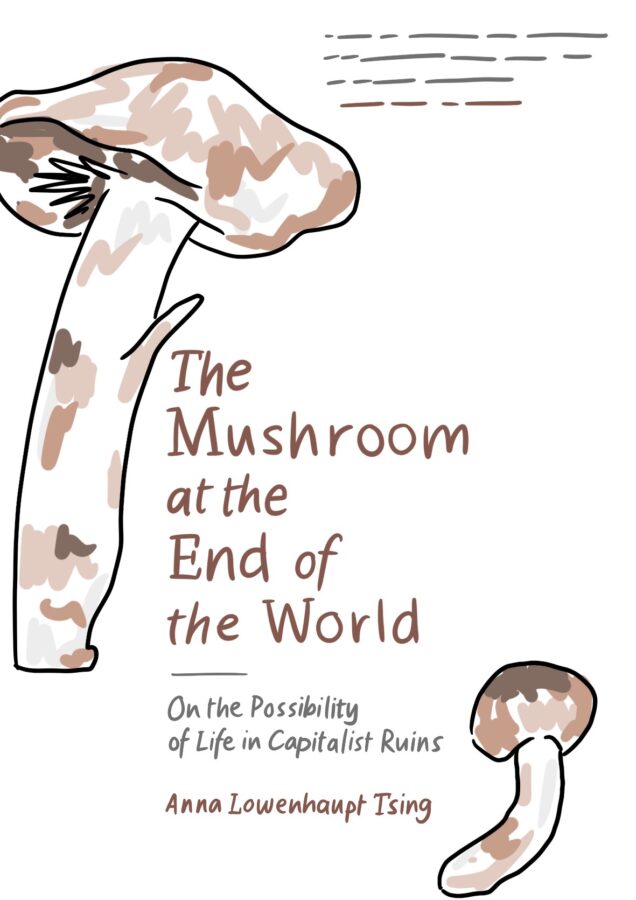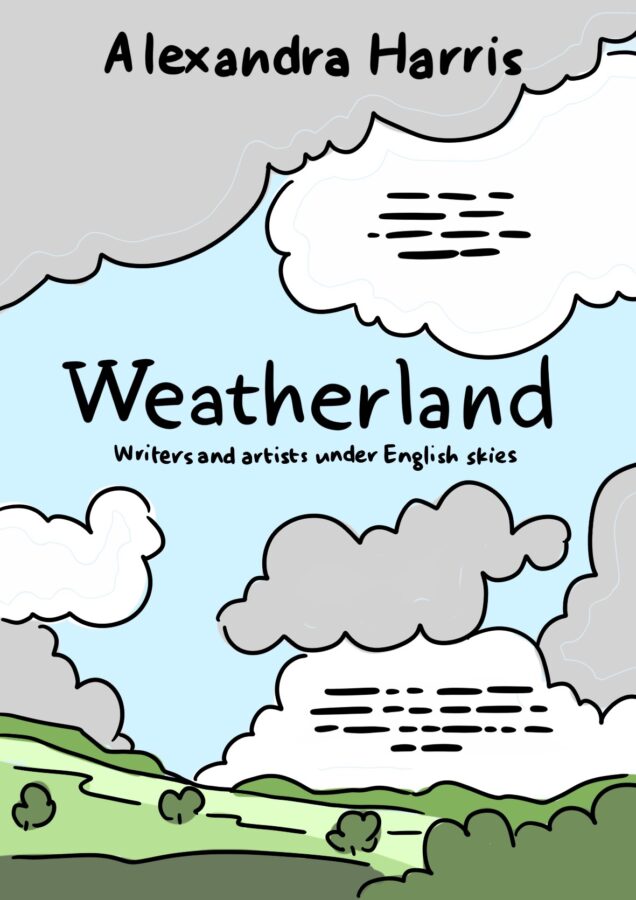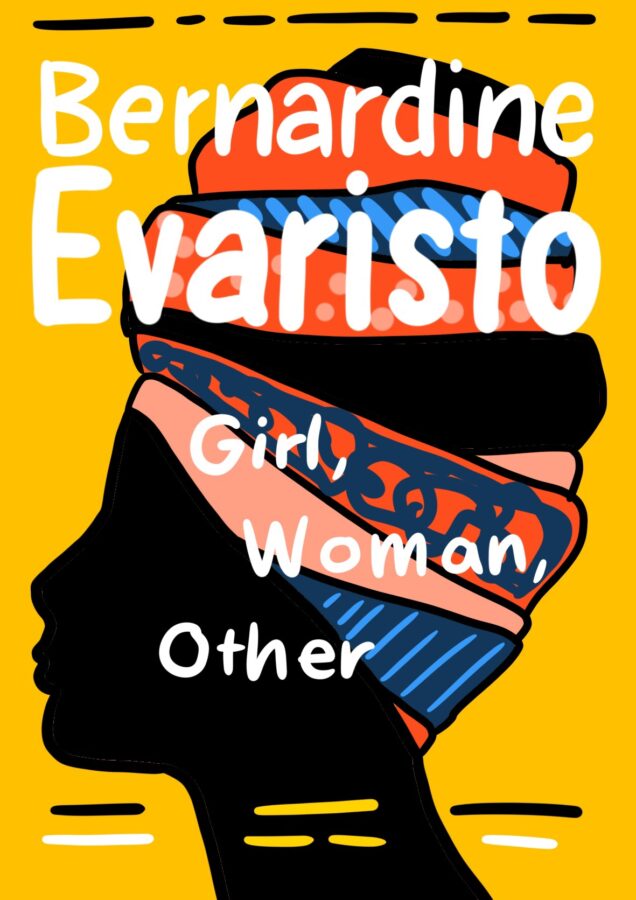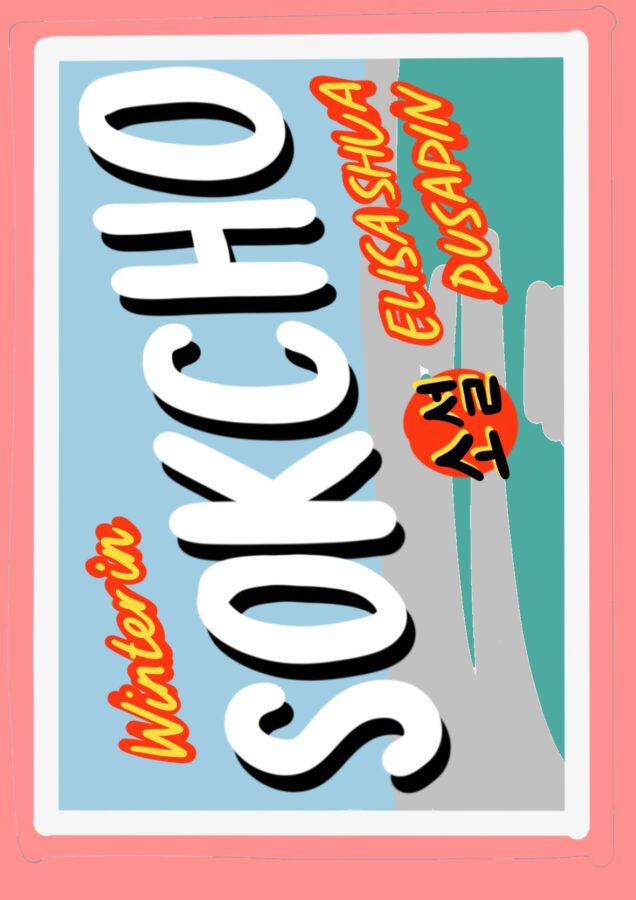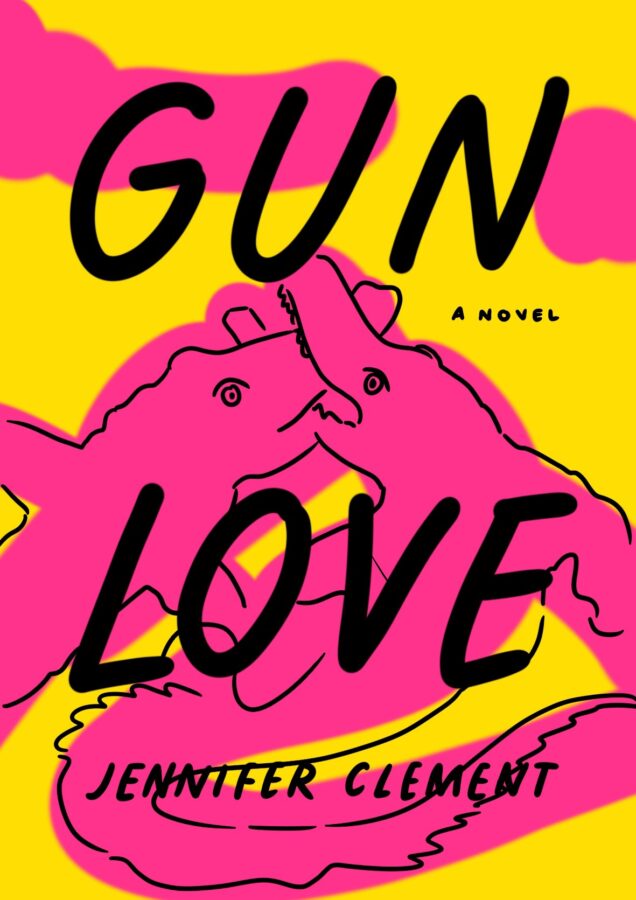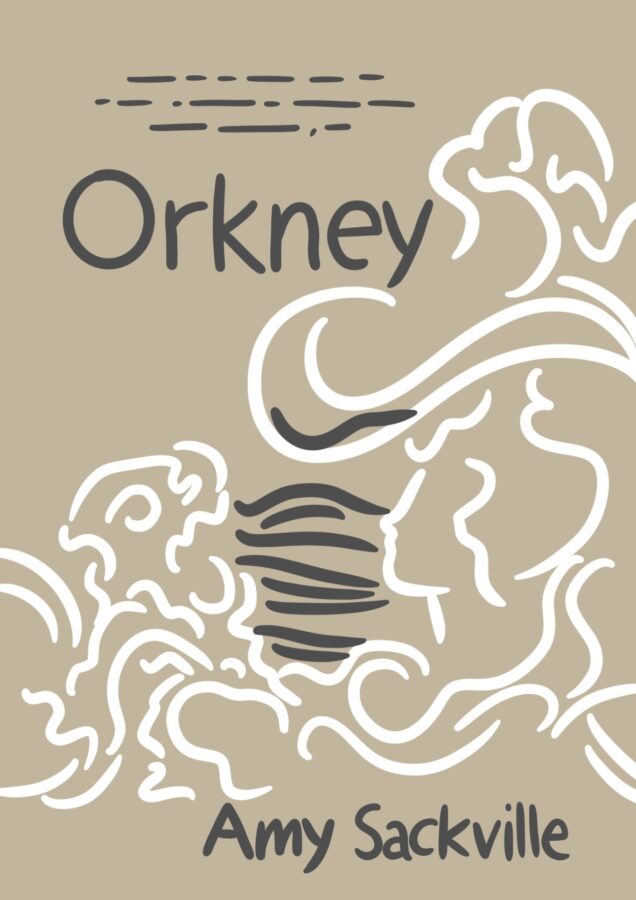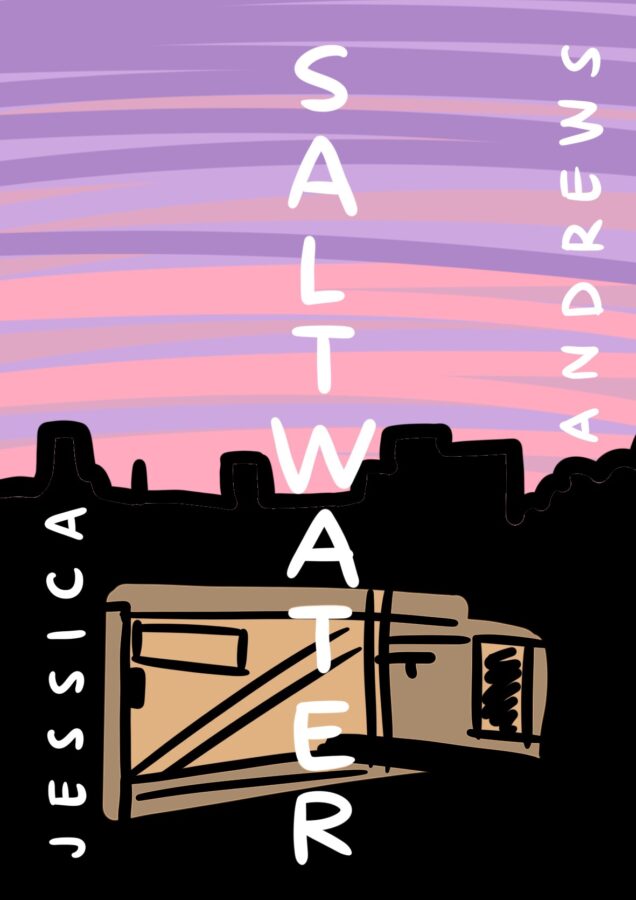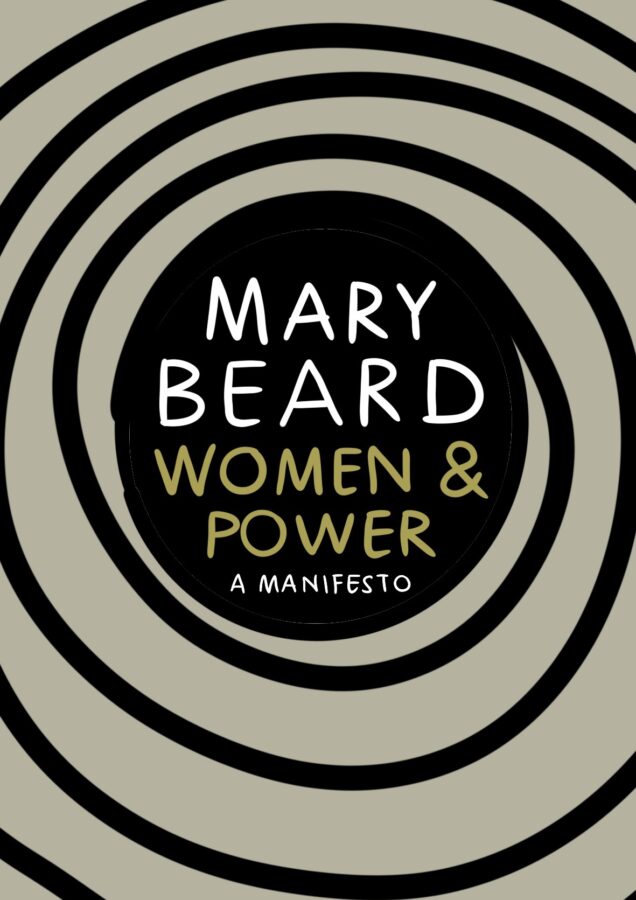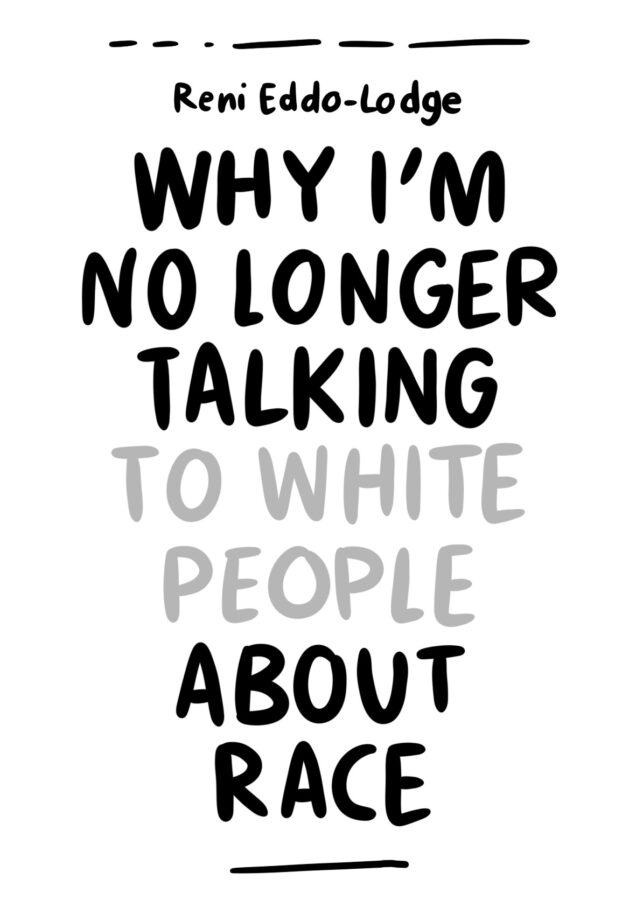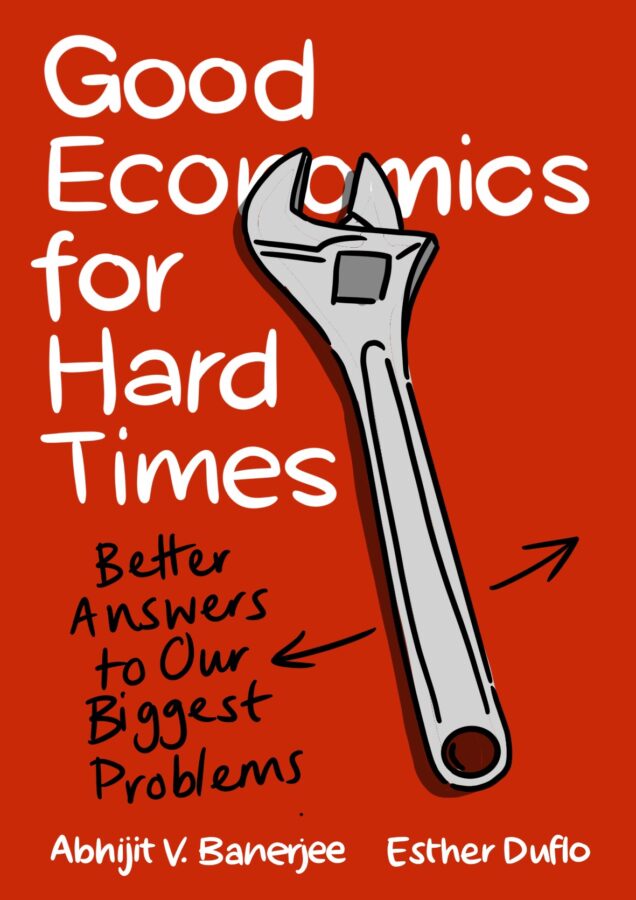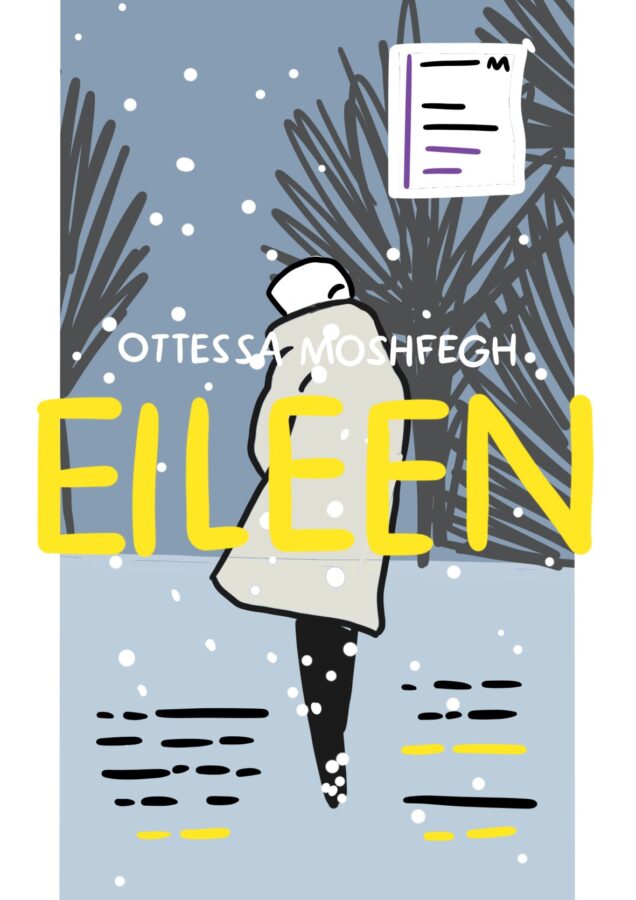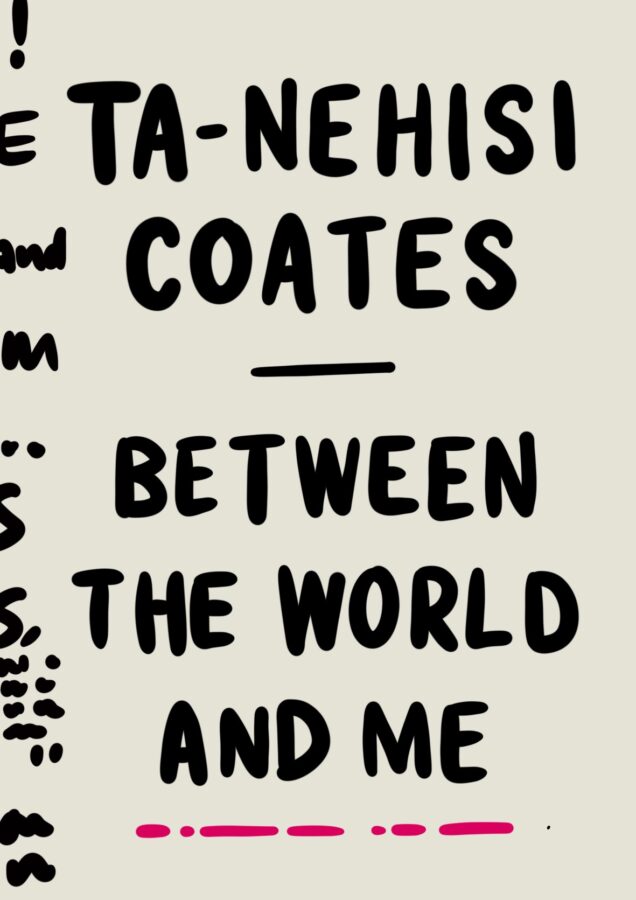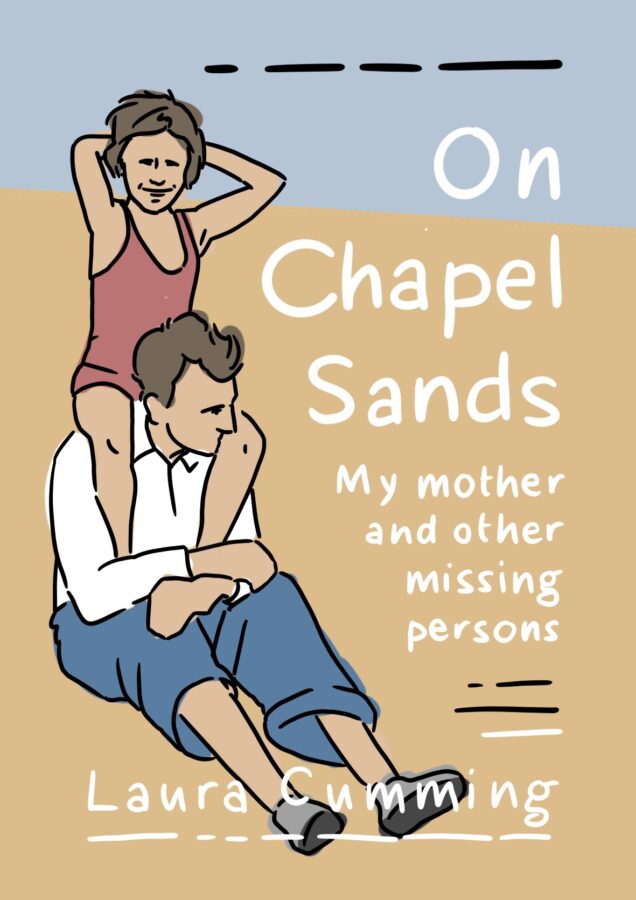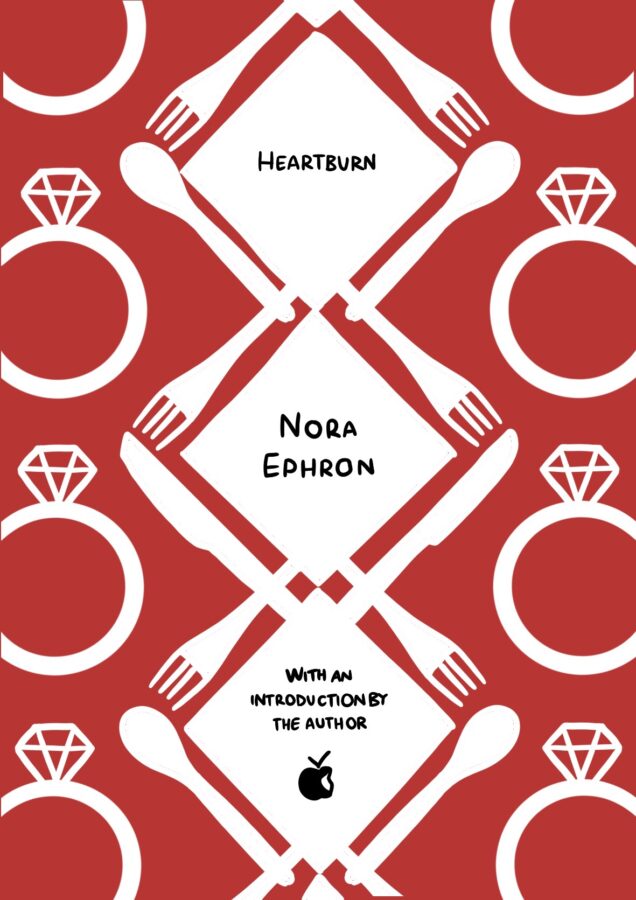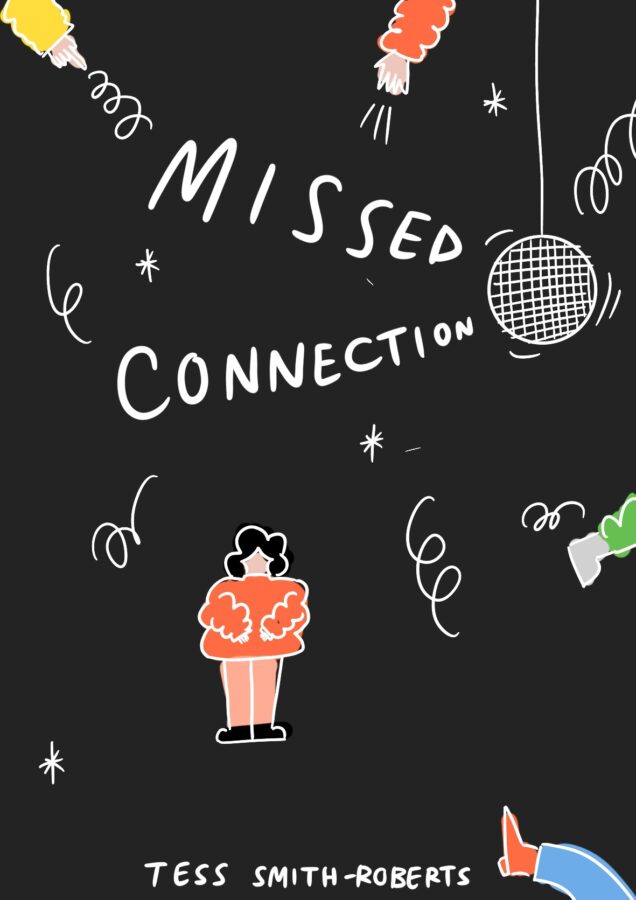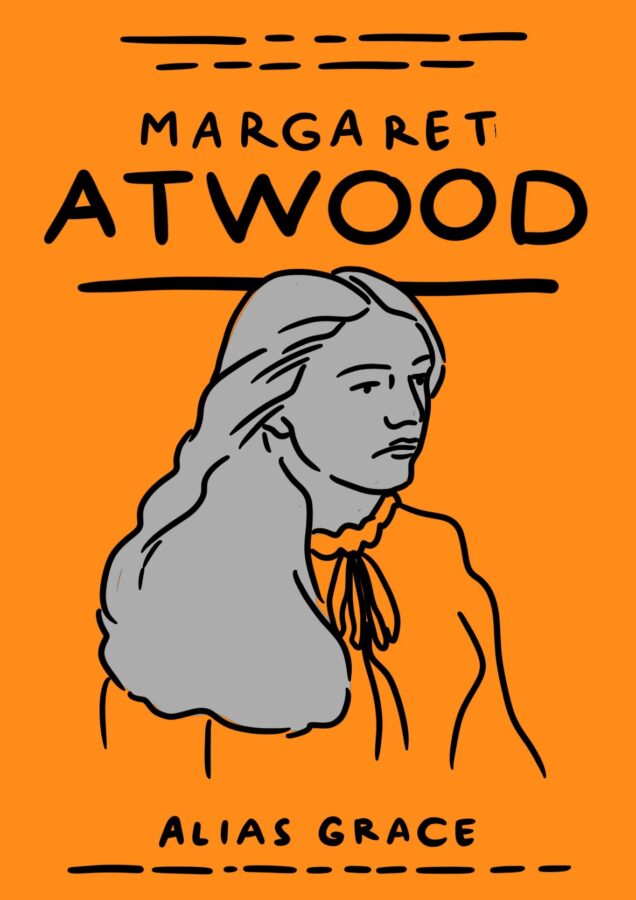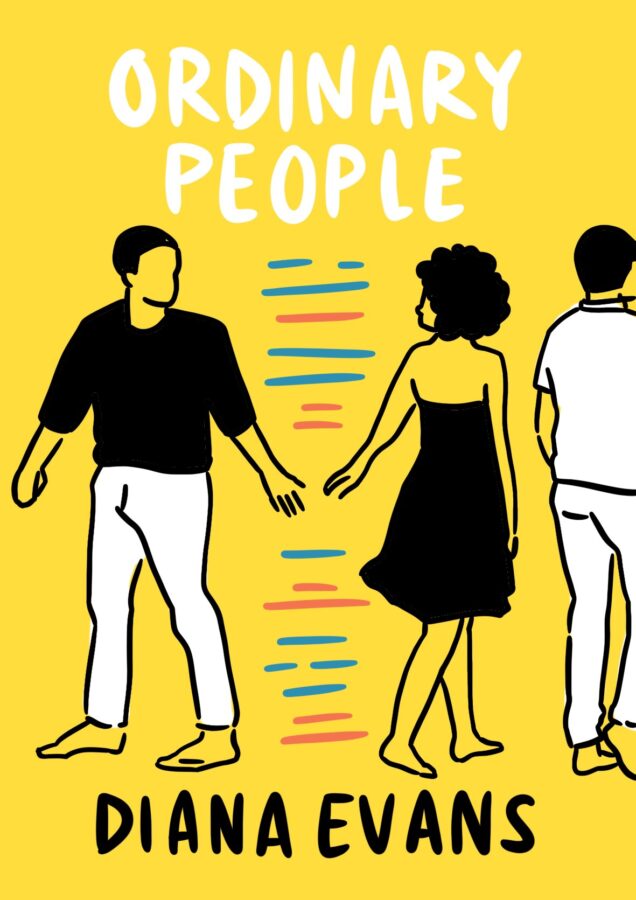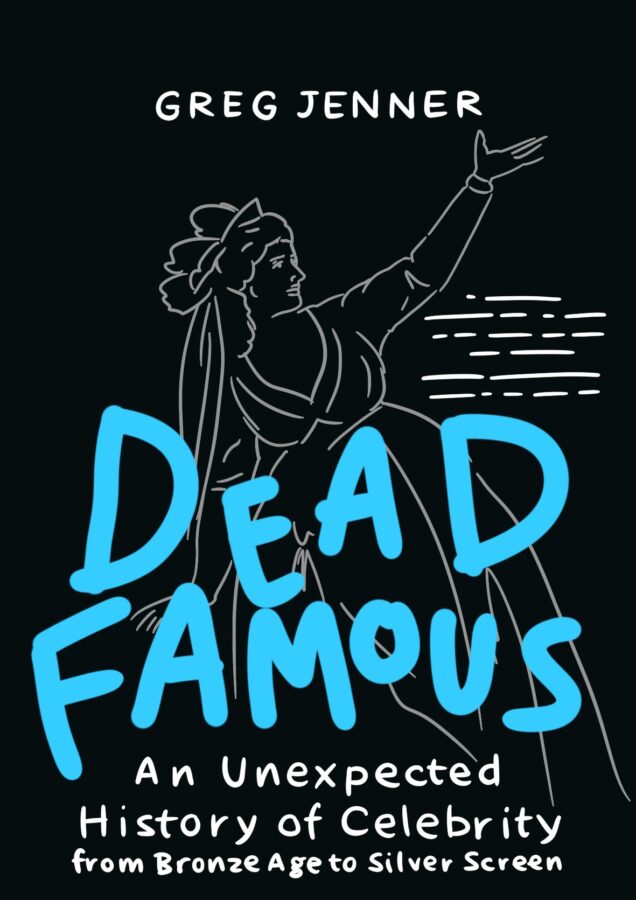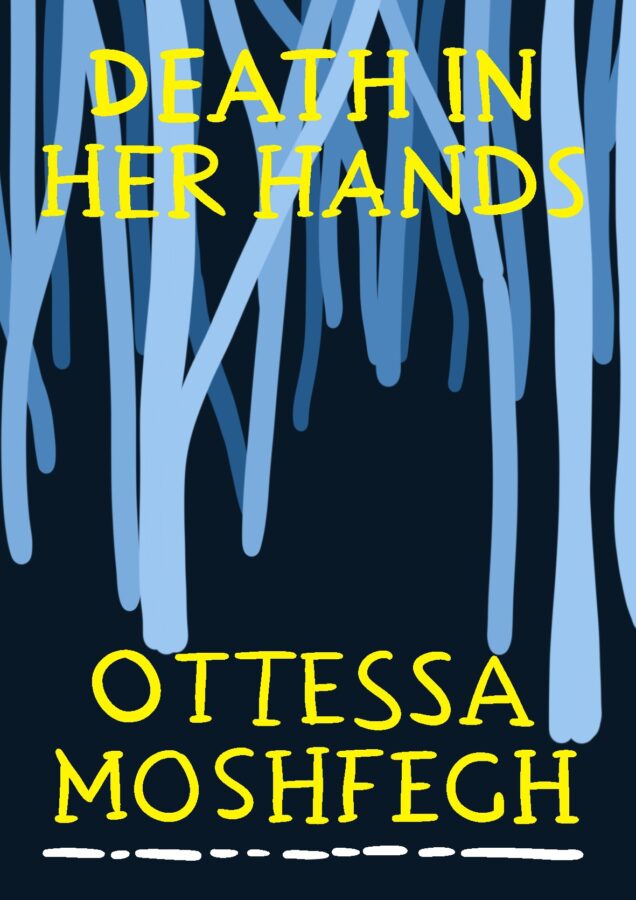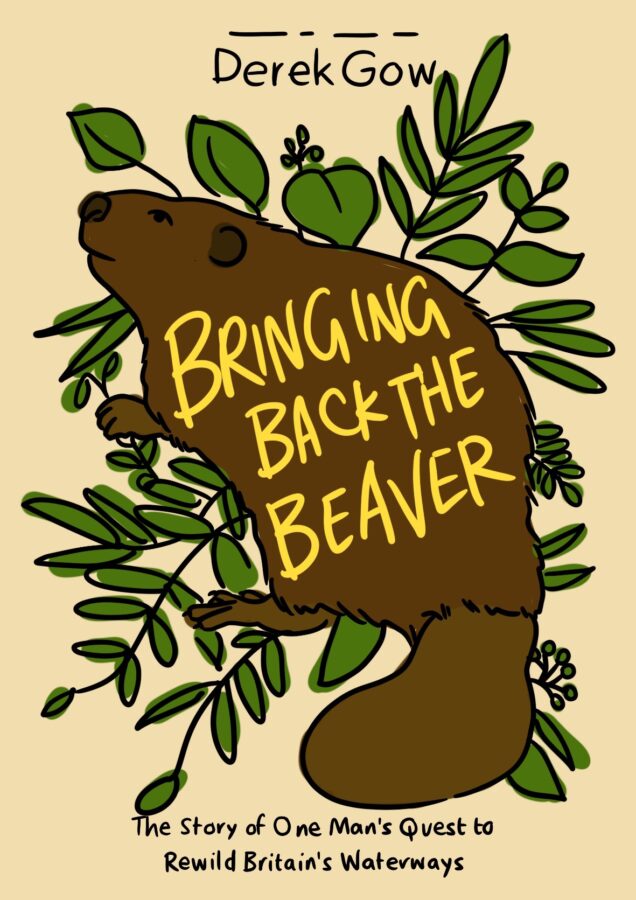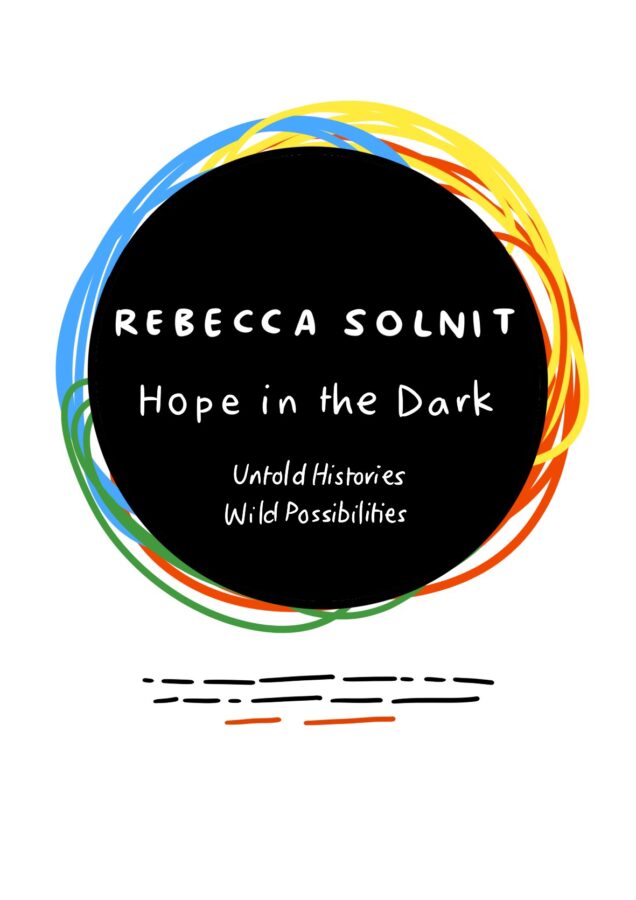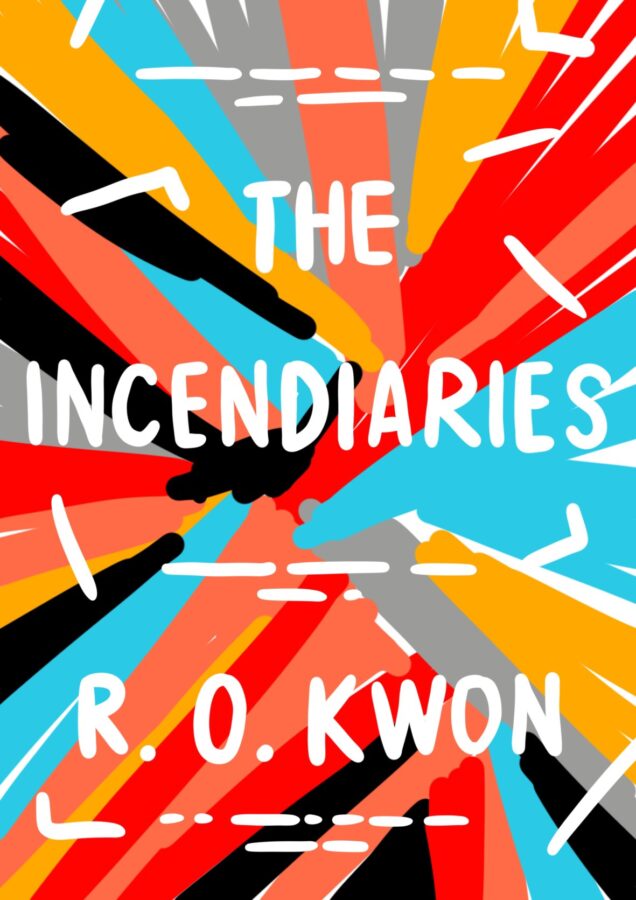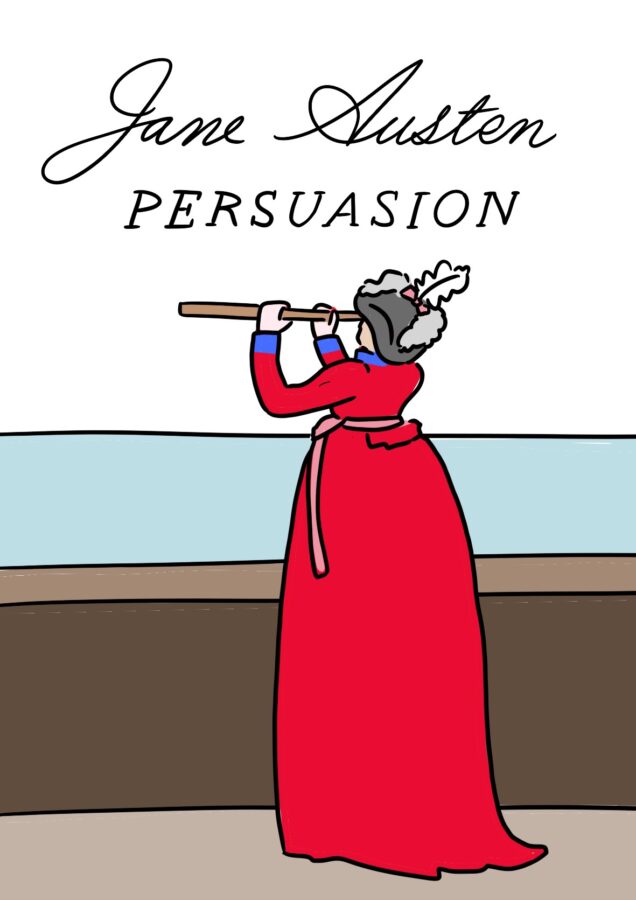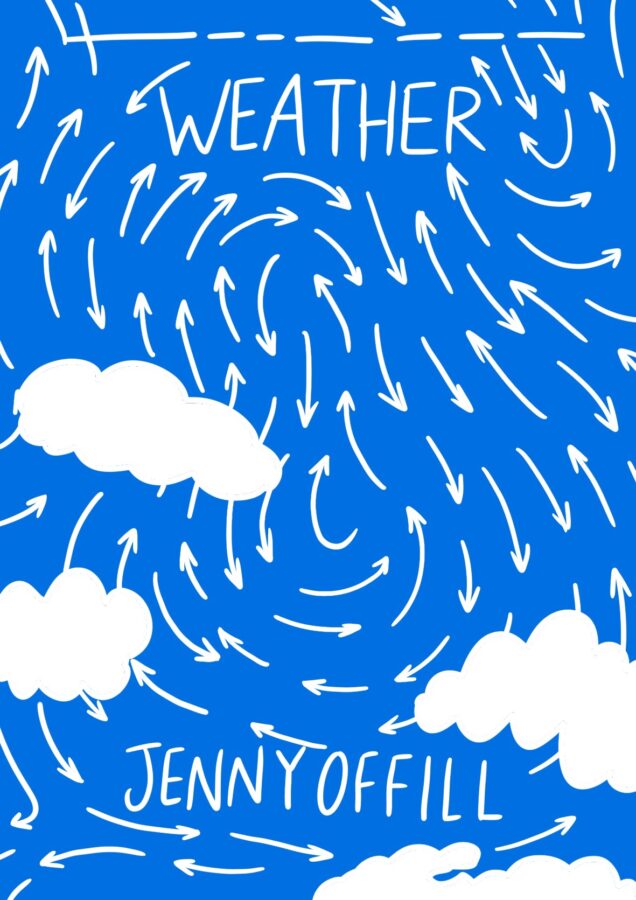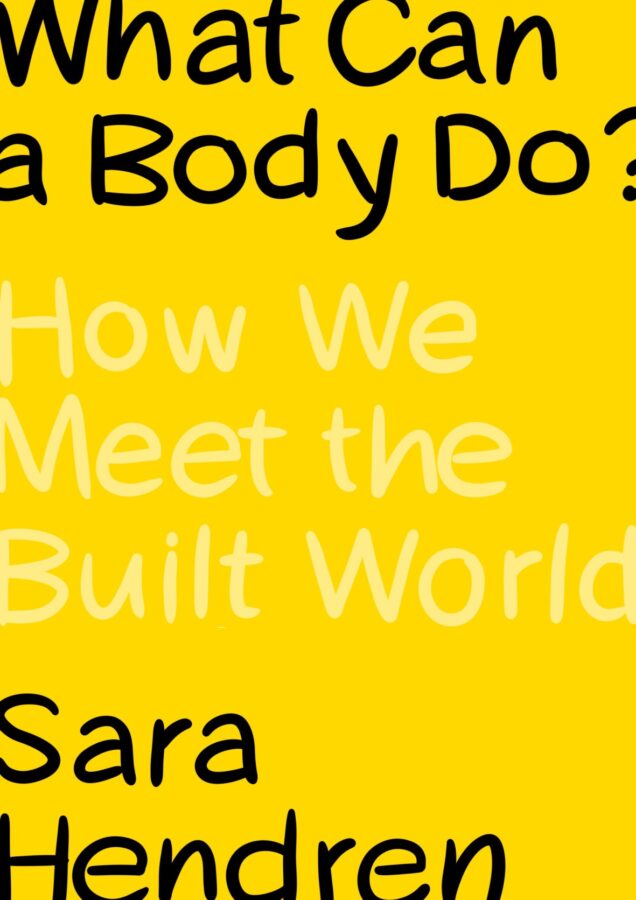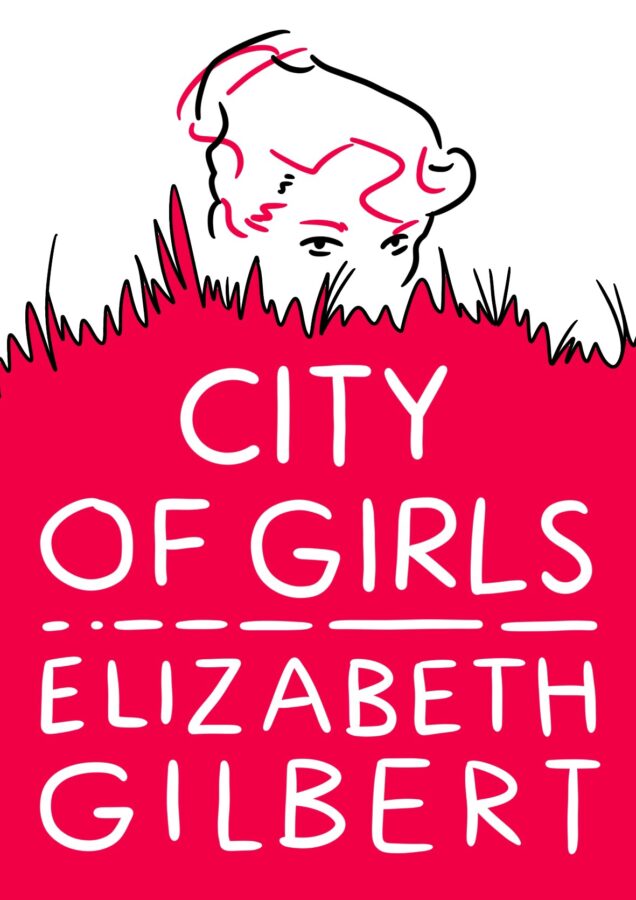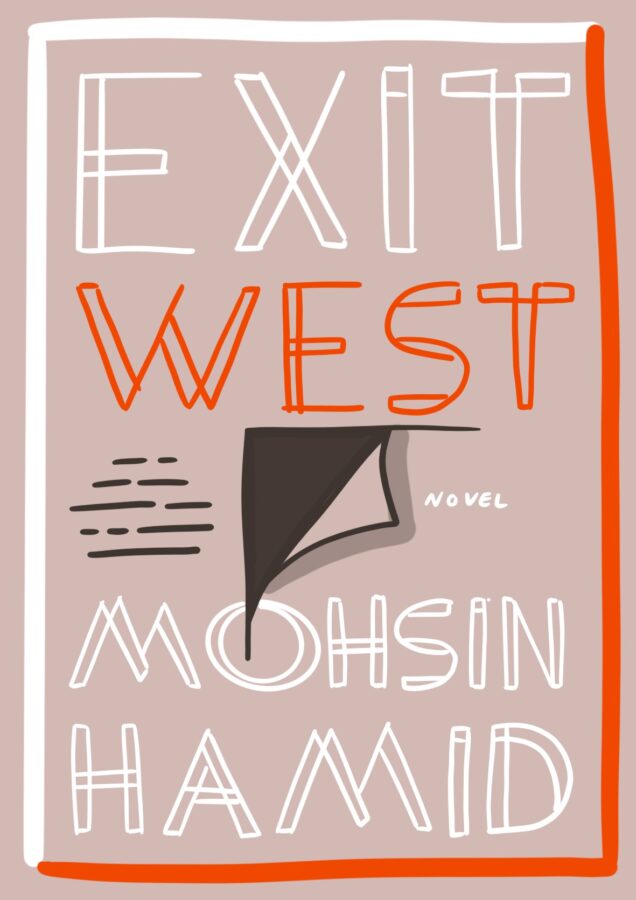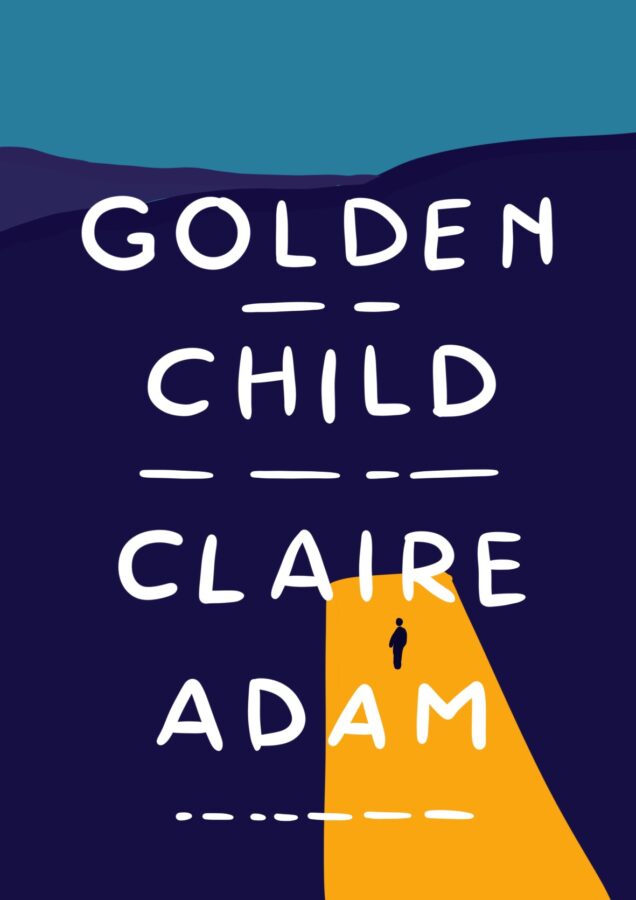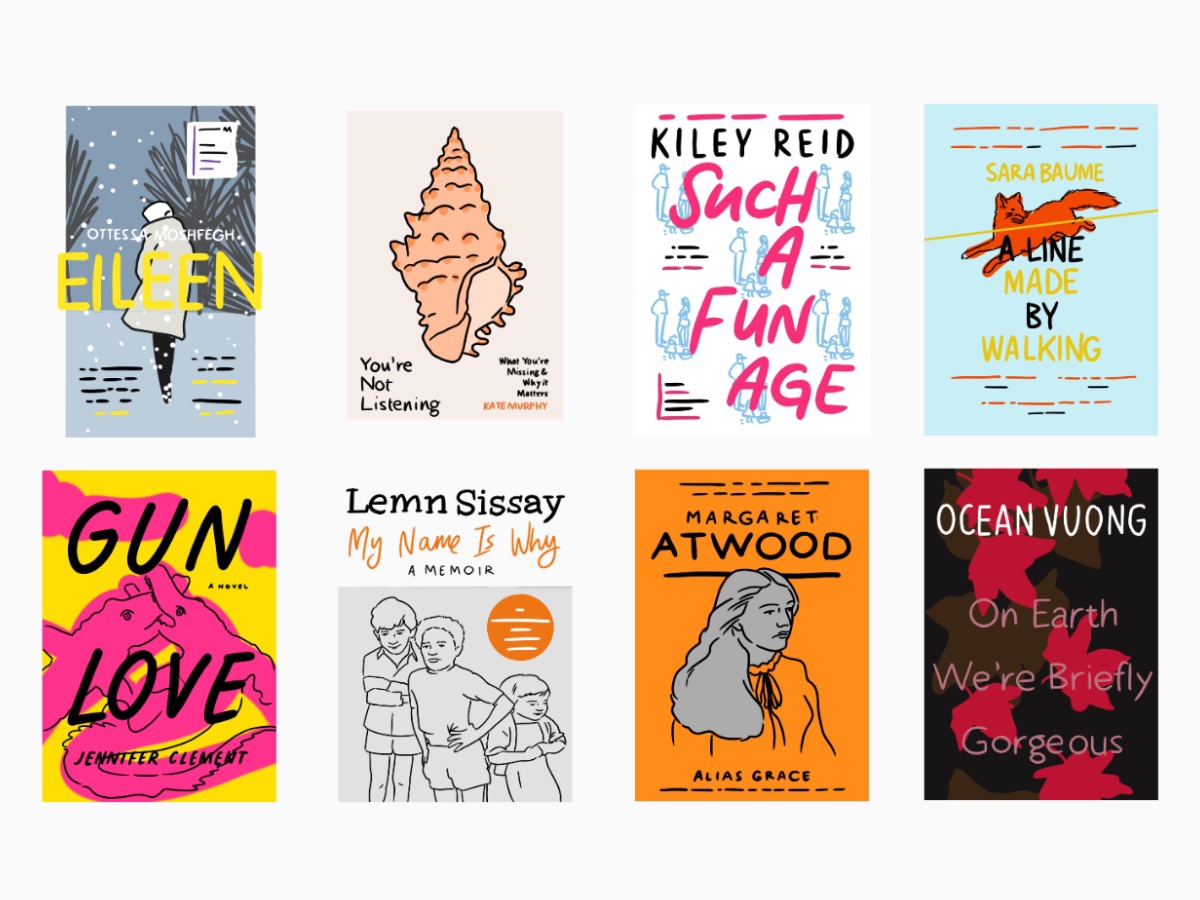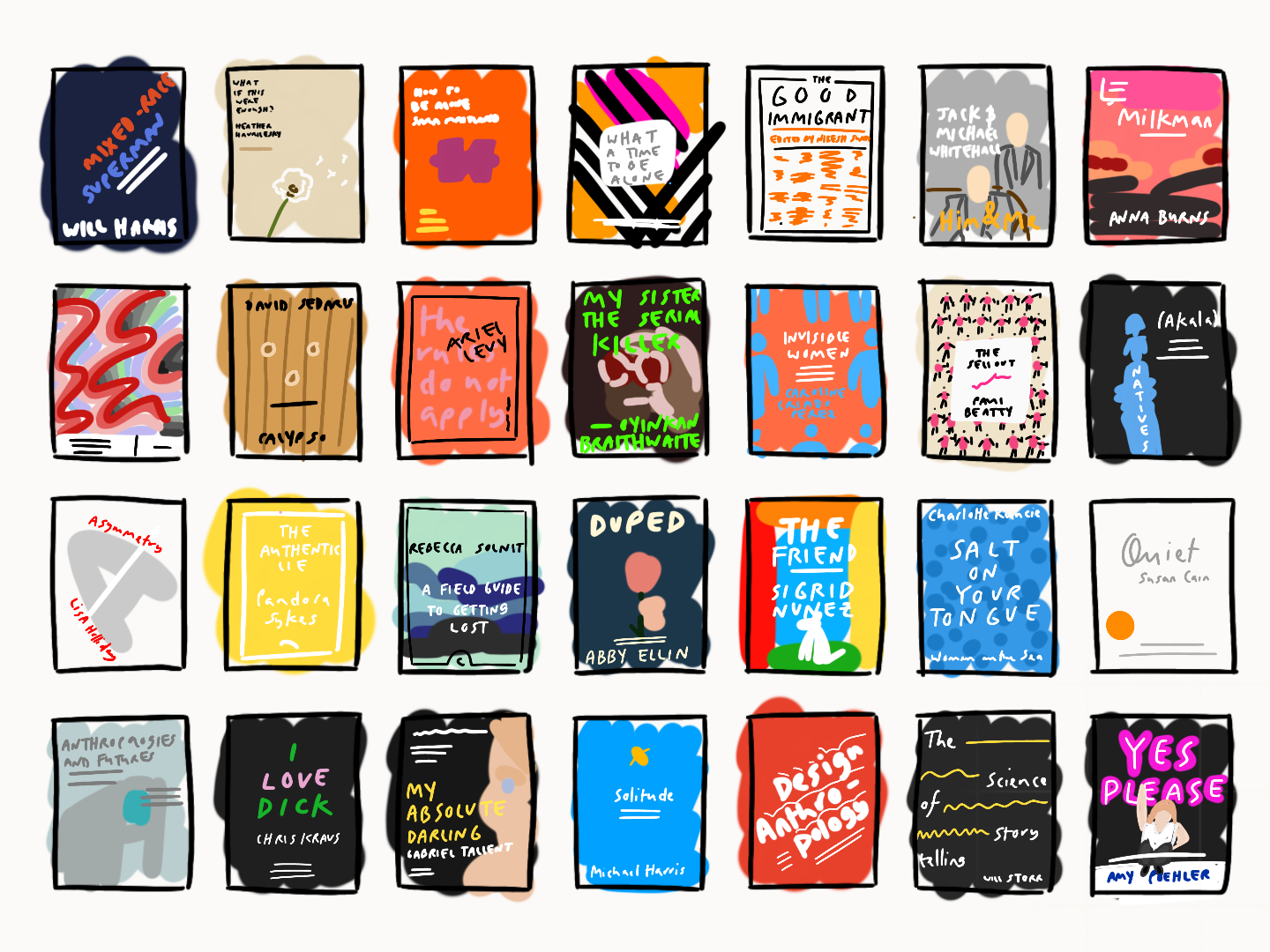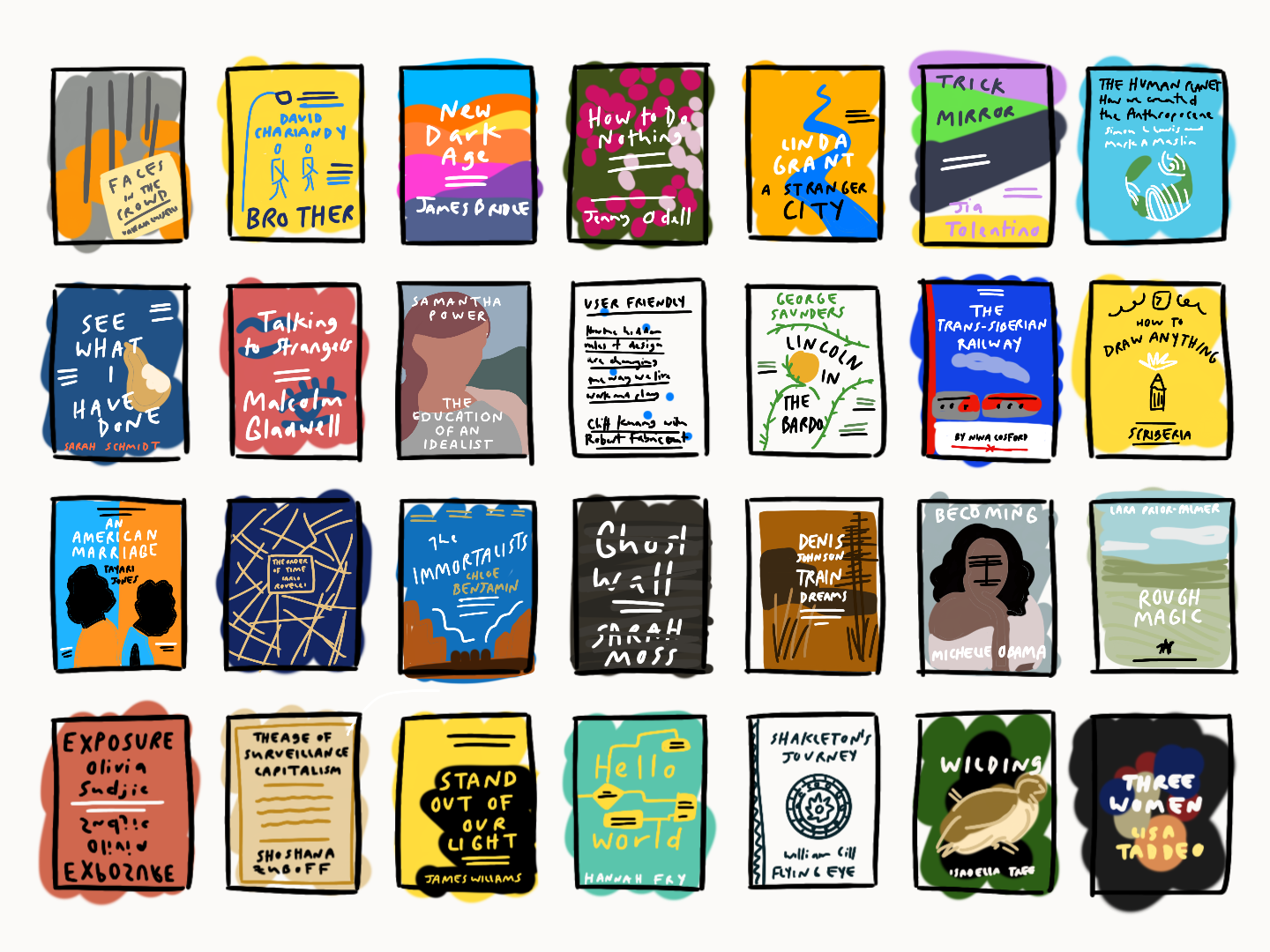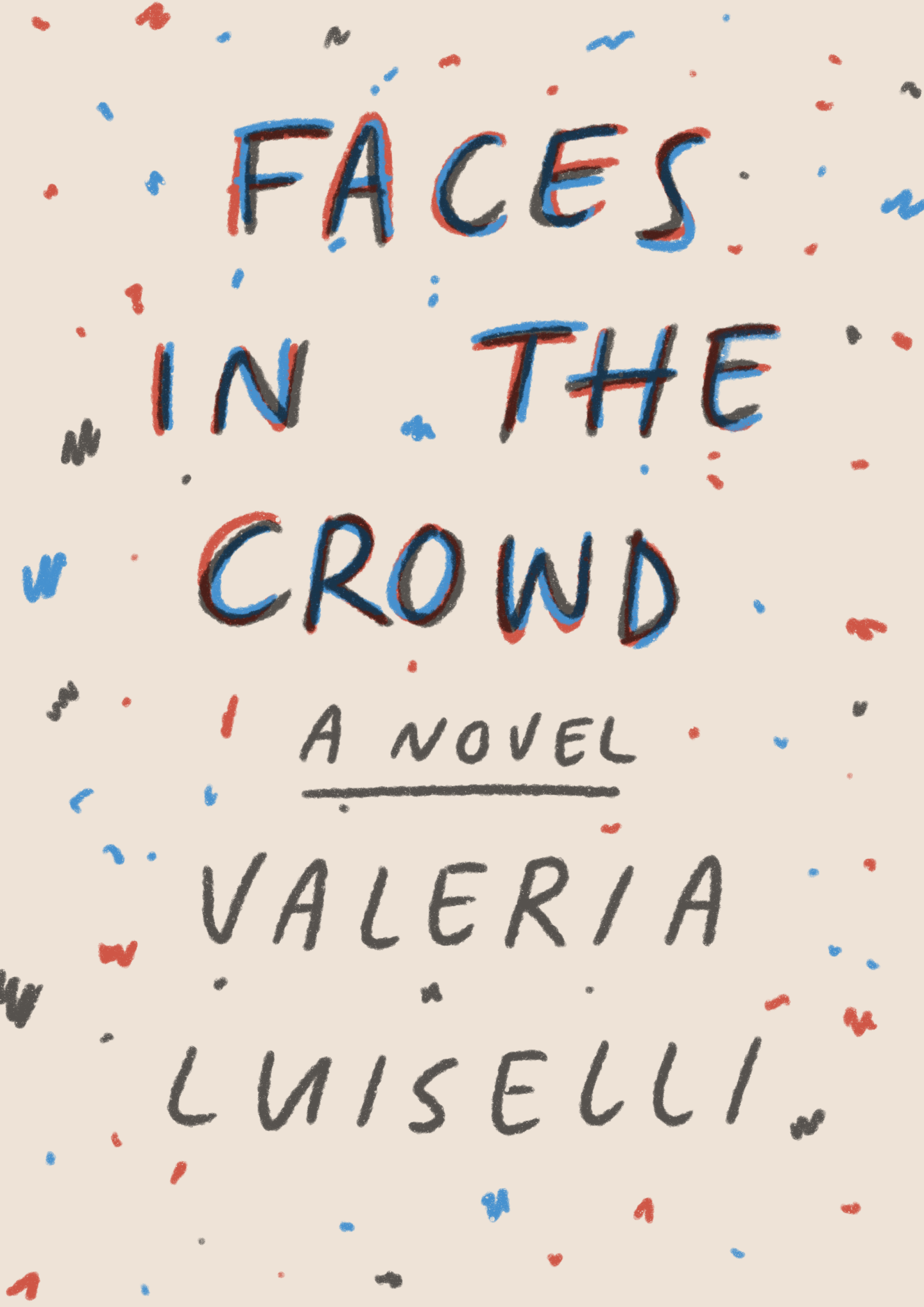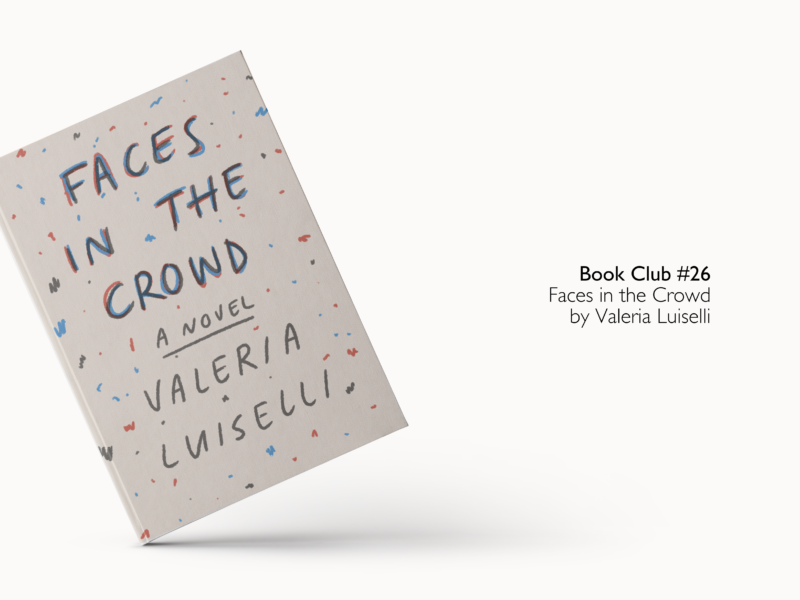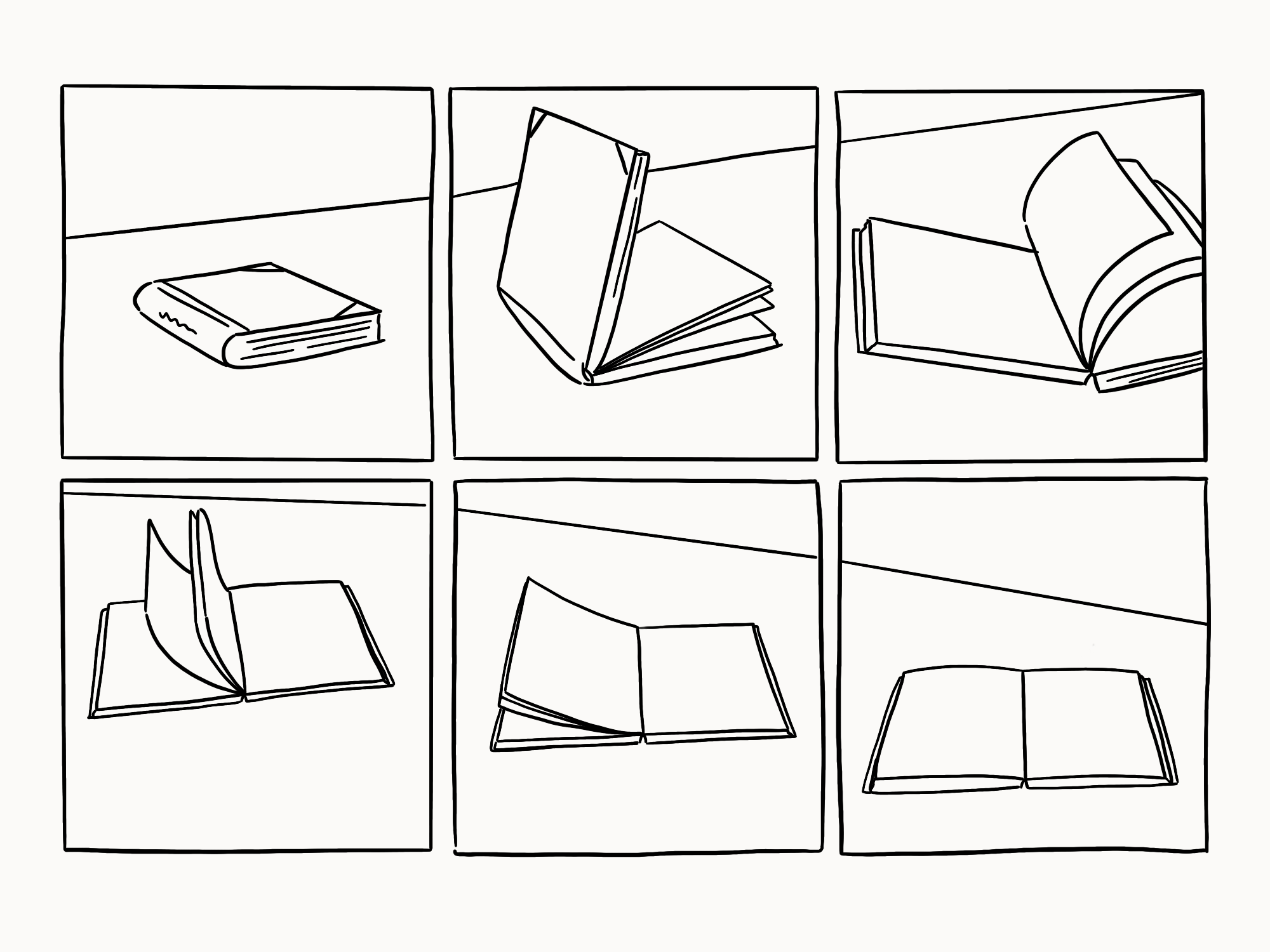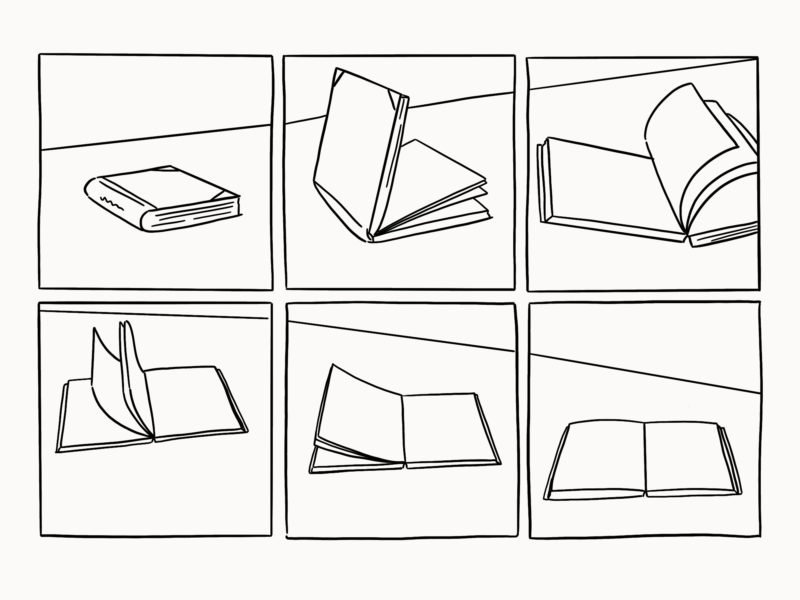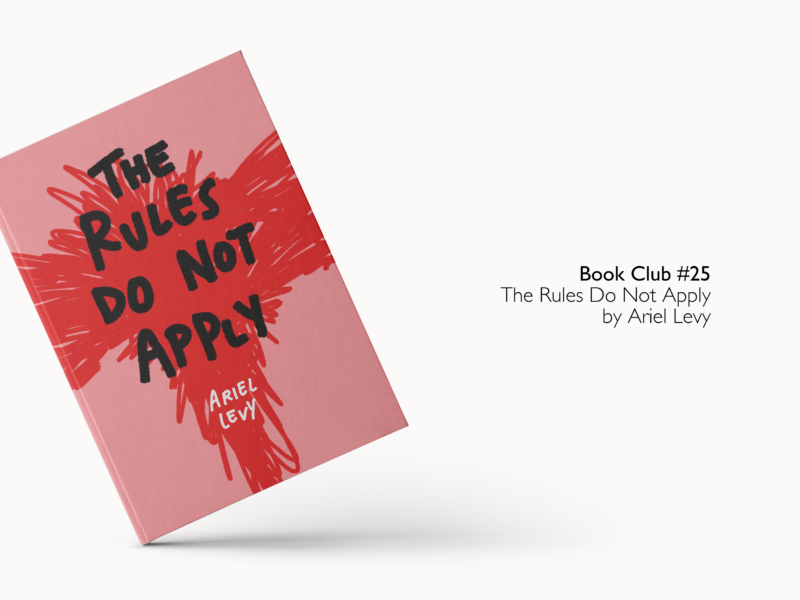My old book club series was one of my favourite things to make on this blog. It combined lots of things I love, reading, illustrating alternative covers and sharing good things with you all. But this year I didn’t make any book club posts because I wanted to focus on slower work and the schedule of a series like that always draws me away from the harder more challenging stuff.
So instead, I decided to make one bumper 2020 reading list, of everything I read this year (well up until mid-December). It’s a version 2.0 of last year, now with sketched versions of their covers and a breakdown of my reading habits because I wanted to be more aware of how what I choose to read shapes how I end up seeing the world.
This is my 2020 reading breakdown.
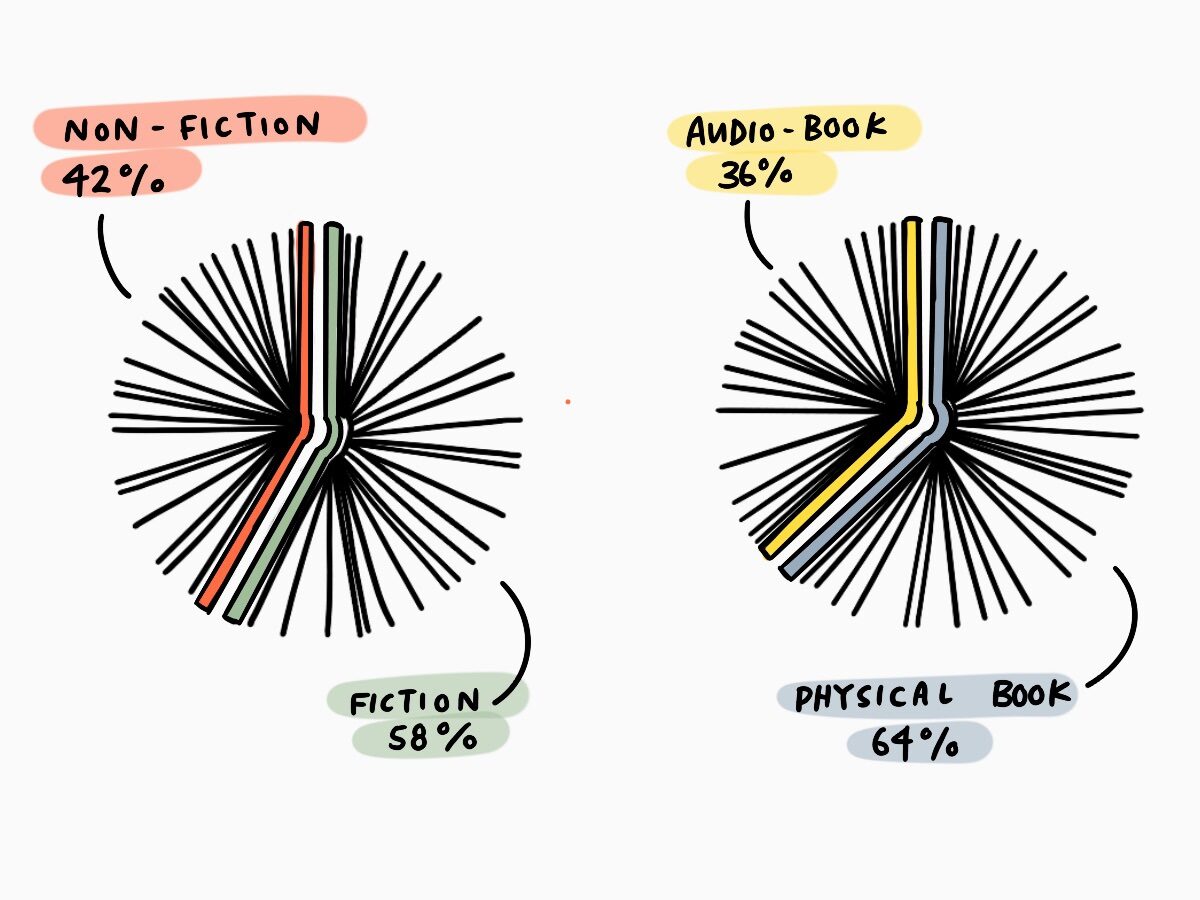
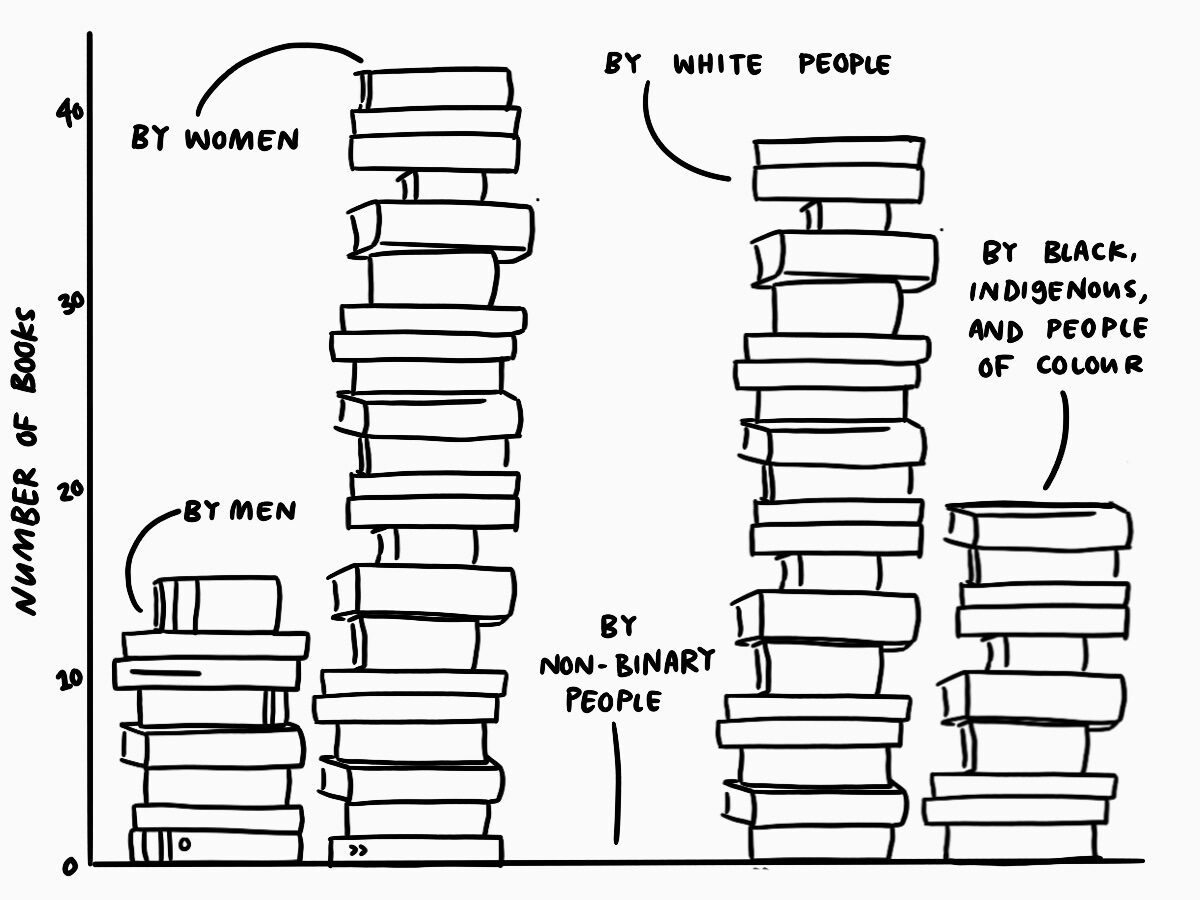
This illustrated reading list has taken a whole bunch of effort but I’m so proud of it and that I get to share some really cracking reads with you. Like last year, I’m starting off with some curated lists of favourites and then an unsorted list of other reads all reviewed and with a digital sketch of its cover for your enjoyment.
Recommended fiction
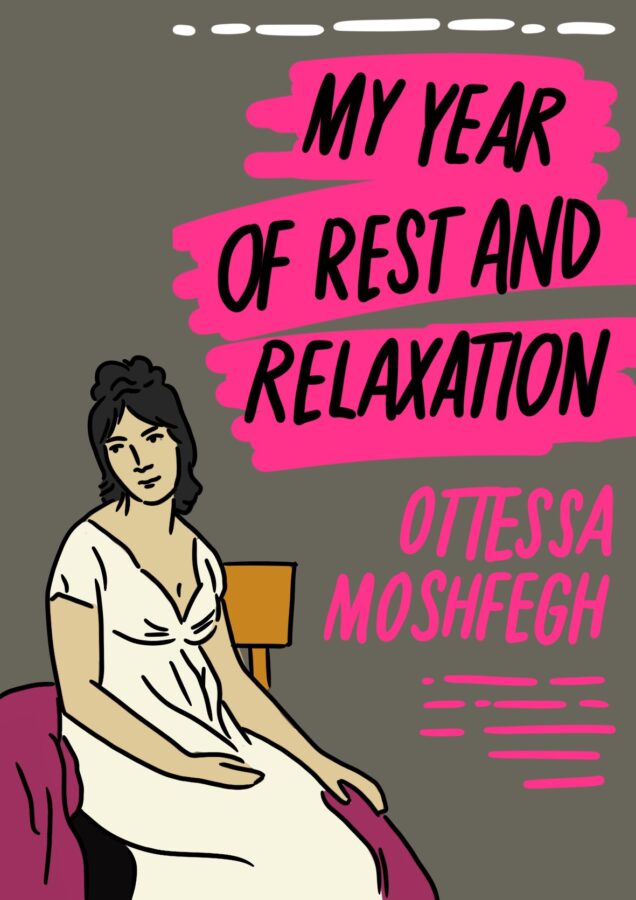
My Year of Rest and Relaxation
Ottessa Moshfegh
I can’t remember the last time I fell in love with a piece of fiction quite so hard. There was something about the protagonist that really resonated with me, her quest for solitude and routine, to just rest. But also her matter of factness. The way Moshfegh sets up a strange world as if it were completely normal for me echoed with the parts of A.M. Homes novels I love. I’m still thinking about it weeks later as I write this review.
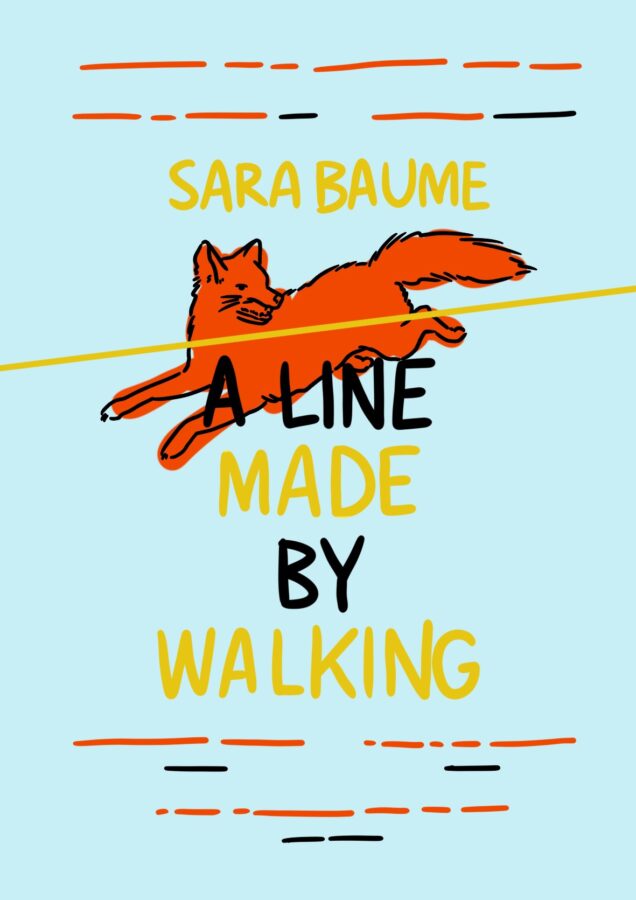
A Line Made By Walking
Sara Baume
This novel by Sara Baume had been on my reading wish list for a long time, but strangely I only got a copy through a mystery package from Mr B’s Emporium. I don’t think I’ve ever read something that has gotten so close to describing where I’m at with my mental health as well as this did. Between A Line Made By Walking and My Year of Rest and Relaxation, I’ve been feeling very understood. I really enjoyed the way Baume interweaves visual art, in both the photos she includes and the narrator’s challenges to remember pieces based on a theme or idea. It’s a really beautiful, quiet book that feels both honest and stylised.
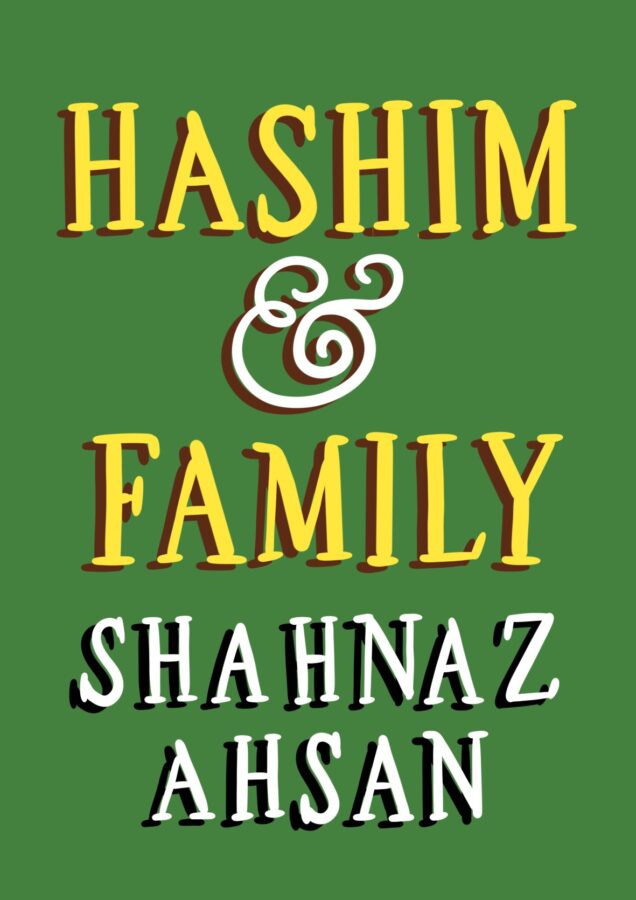
Hashim & Family
Shahnaz Ashan
I quickly felt invested in every character in Hashim & Family, and by the end I was so invested that I felt righteously angry at some. Following their interwoven lives between London, Manchester and Bangladesh over decades I never felt hurried as the story moved between the years, instead it was an easy world to get lost in despite being years (and in the case of the years in Bangladesh thousands of miles) away from my own.
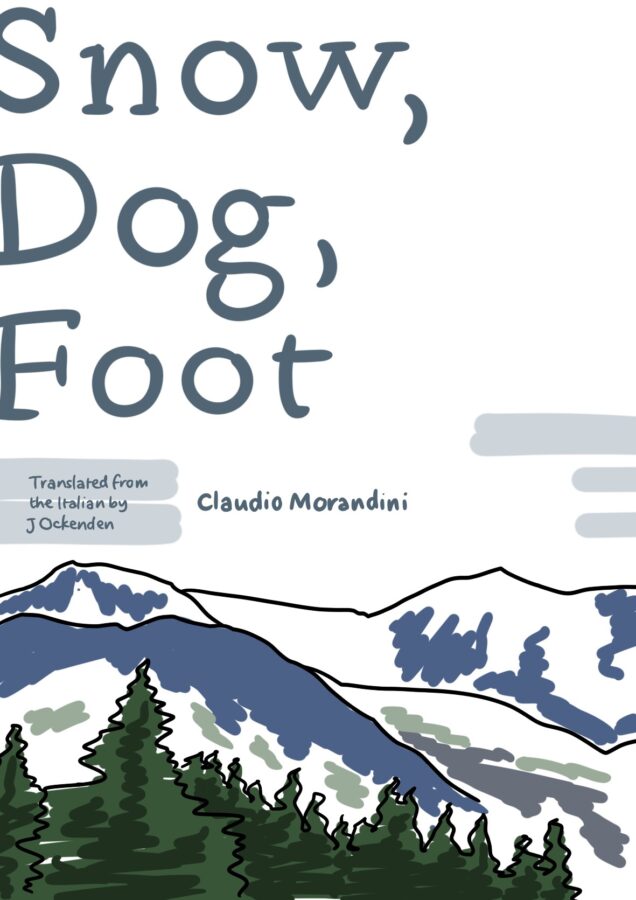
Snow, Dog, Foot
Claudio Morandini
I devoured this in one day. Devoured feels like a fitting word for a book filled with hunger-fuelled madness whose reaching emptiness is balanced perfectly by the fullness of its alpine setting. I can see why Morandini, and this translation of the book, has received so many accolades. It felt at once real and hilarious but also filled with a magic you only find in the woods. It reminded me of both Train Dreams and Too Loud a Solitude, two books I love, and it will sit firmly with them as a secluded favourite.
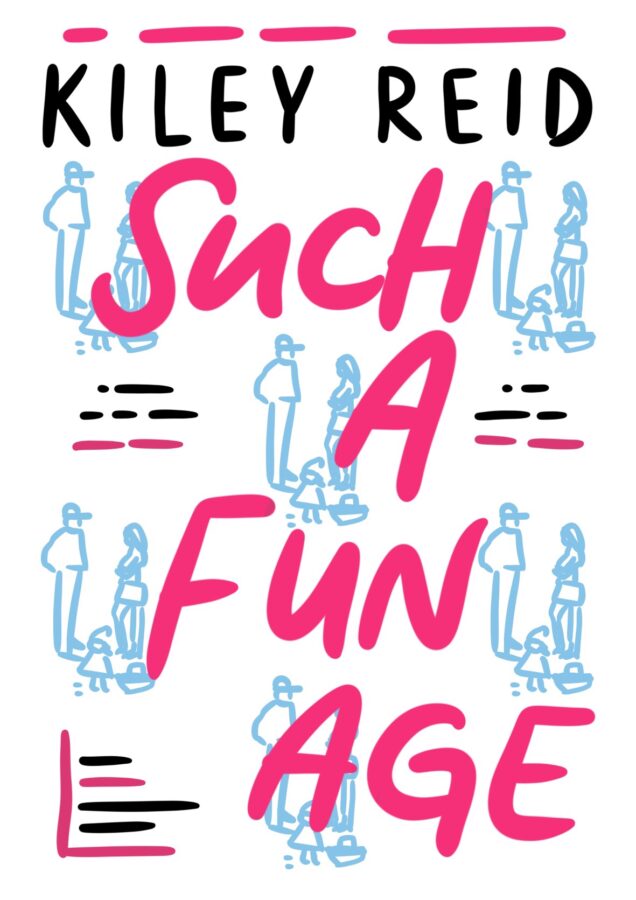
Such a Fun Age
Kiley Reid
I loved and devoured this book, reading it in a single day. I don’t want to do it a disservice by saying it’s immensely readable, but that’s what it is. I was invested in the characters from the start, whether I liked them or not. When Reid raises questions about race, gender, class and privilege it feels completely natural and a driving part of a story. The big issues are in the fabric of every action, as they are in real life, so it never feels like commentary shoehorned in. I couldn’t have enjoyed this more, and will be recommending it widely and frequently.
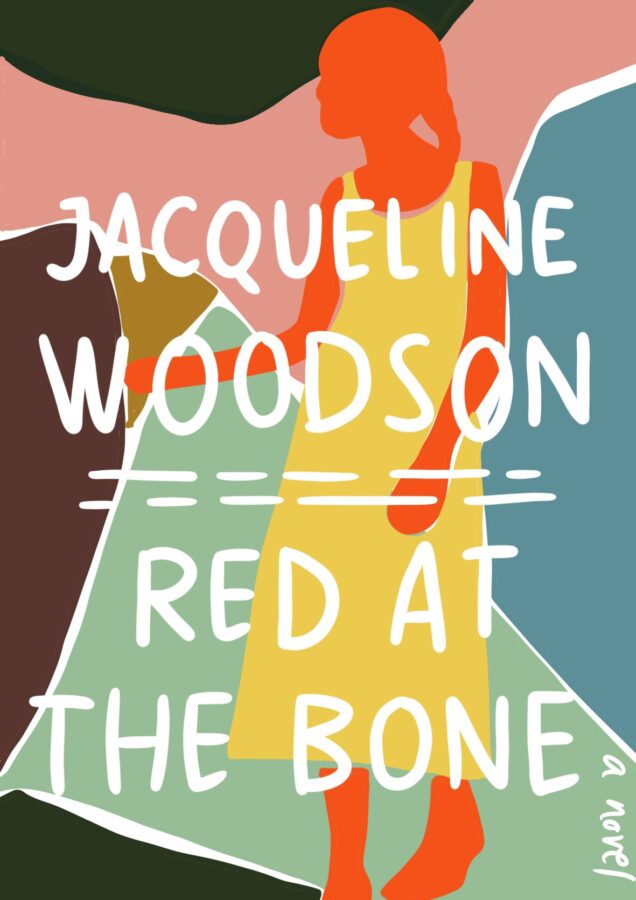
Red at the Bone
Jaqueline Woodson
I loved this story of a family as told from the perspective of three generations as they reflect on their own part of the world they’ve created and been created by. Wilson tells a beautifully balanced story of growing up, growing old, race, class, love and sexuality. Each chapter is a deftly light touch, an individual memory, but together they come together as a deep family portrait.
Recommended non-fiction
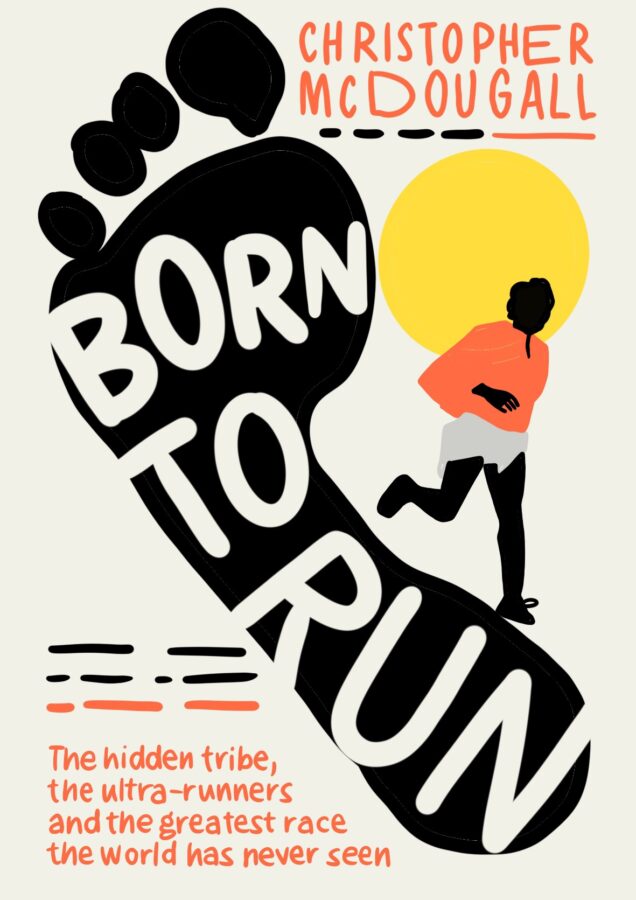
Born to Run
Christopher McDougall
I chose Born to Run in part because of how much I enjoyed Rough Magic last year, and the tale of an unseen 50 mile race through the canyons of Mexico seemed to have the promise of a similar kind of intrigue. The story of the race itself, its characters and terrain was compelling and engaging in a way that you would immediately know that McDougall was a journalist by reading it without knowing any background. But I think what will actually stay with me the most were the side dives into the science and anthropology of how we have evolved to run and why it might be great for us if only we could stop trying to over engineer everything.
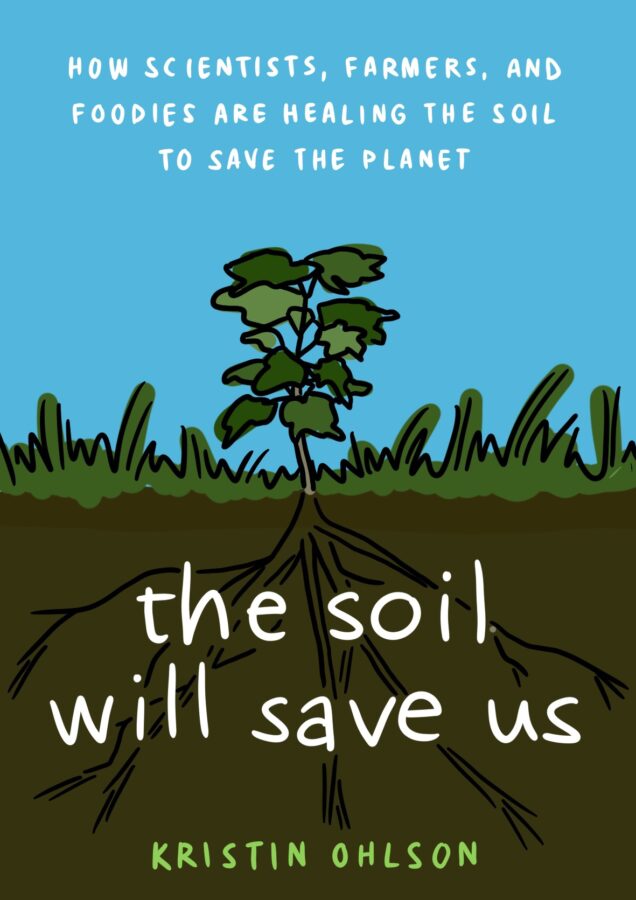
The Soil Will Save Us
Kristin Ohlson
This was just the right level of practical examples of how farmers can improve soil health to support the climate, environment and better farming outcomes mixed with the science of soil. Ohlson’s dive into soil acted as a great companion, for me, to Wilding which I read last year and piqued my interest into sustainable farming practices. It raised a lot of questions about how and why we’ve let these older ways of working go for the new and shiny, and how we can get them back. I will say that the audiobook has a number of questionable and unnecessary attempts at accents though.
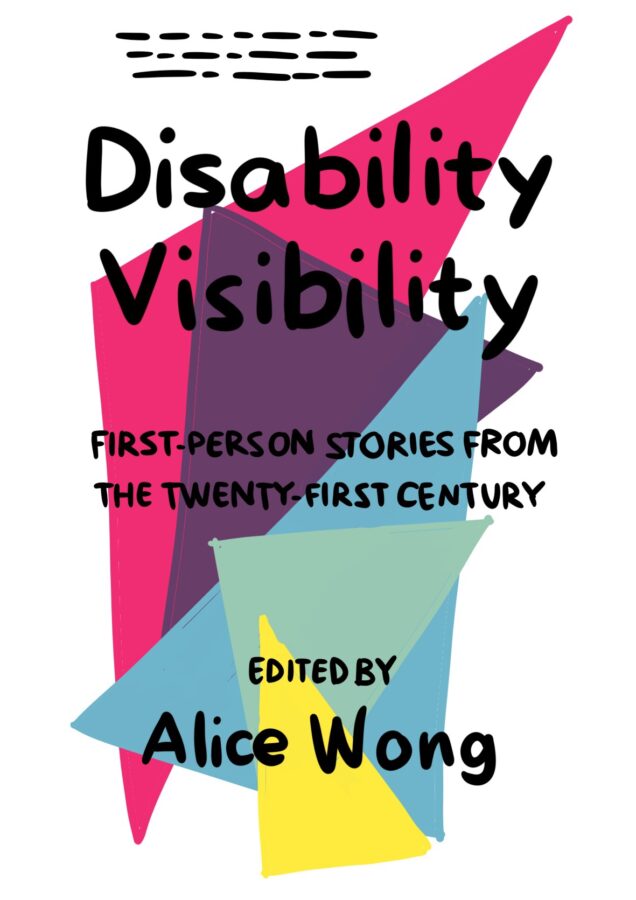
Disability Visibility: First-Person Stories from the Twenty-First Century
Ed. Alice Wong
I loved this collection of first person accounts of living with disabilities. The focus on telling every day stories, rather than the typical media narratives of the heroic disabled underdog, were what really made it something to hold onto. I learned so much by seeing the world through the eyes of people with such different ways of experiencing, navigating and being in the world. In almost every one of the sections, there was a small revelation of ‘I’ve never had to think about it like that’ whether it was in how you get to the office or around a hotel, in how you view bowel control or what’s sexy, or just what it means to be able to have a voice in the world you inhabit. This should be required reading.
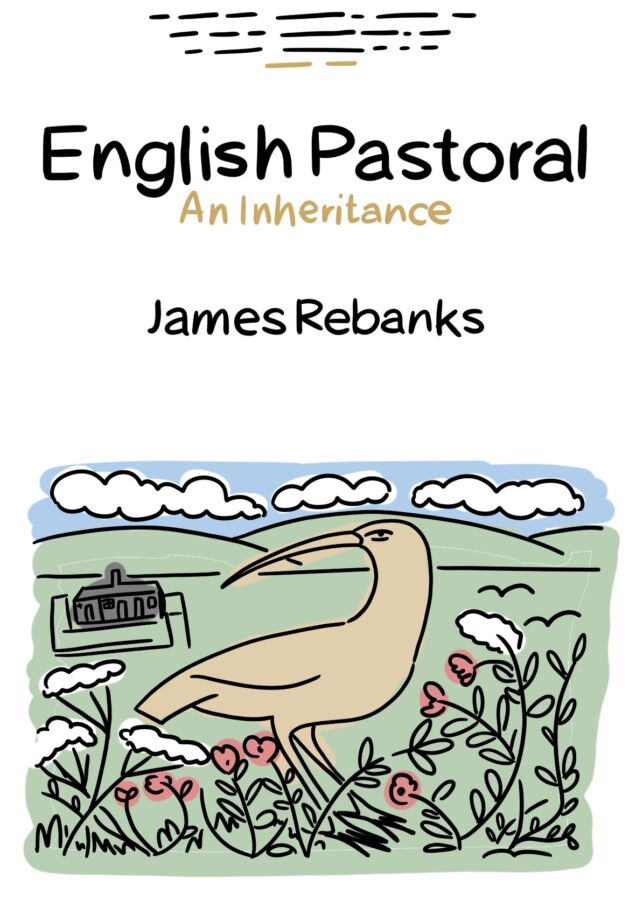
English Pastoral
James Rebanks
This might be one of my favourite pieces of non-fiction for the year. Rebanks takes you through the history of his family’s farm and how (and importantly why) its management has changed over his lifetime. It’s at once a personal history and a pastoral one, covering the shifting in farming practice across the UK and, in some parts, the world. He argues for stewardship in farming, not the black and white intensive or untouched argument. A lot of his comments on rotational grazing partnered well with The Soil Will Save Us by Kristin Ohlson and added a lot of new perspective to Wilding by Isabella Tree which I loved last year, but which, by its nature, is from a place of much more security as the Knepp estate offers a financial safety blanket of which many farmers do not have the luxury.
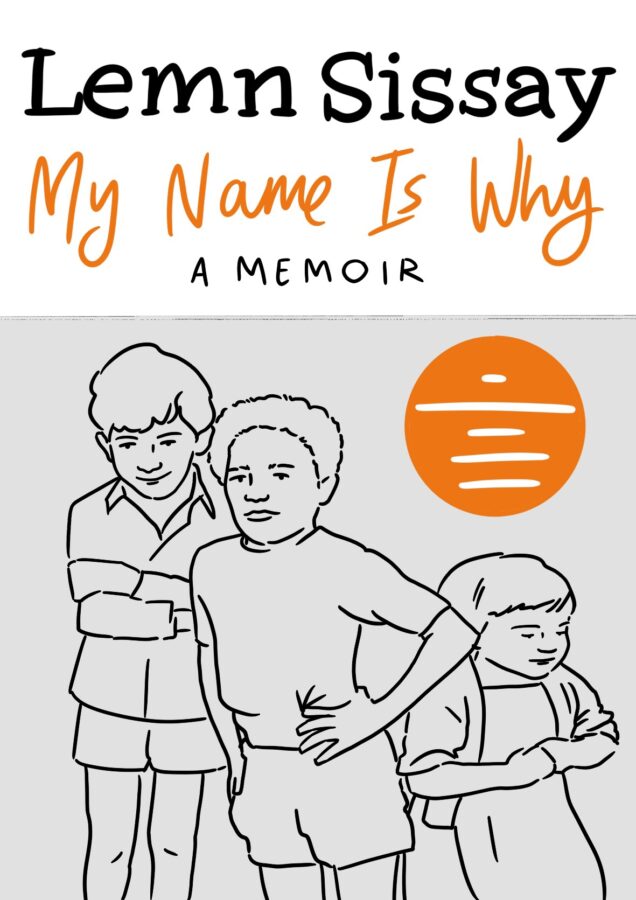
My Name is Why
Lemn Sissay
As you would expect this memoir is lyrically, powerfully and heartbreakingly written. It’s a mix of Sissay’s memories, excerpts from documents written about him by the authority charged with his care and short poems. It’s a blistering indictment of the “care” system in 1980s Britain. But it’s also a tender exploration of what it means to have a childhood, a family and a home. The audiobook is brilliantly read and despite its often painful content I didn’t want to put it down.
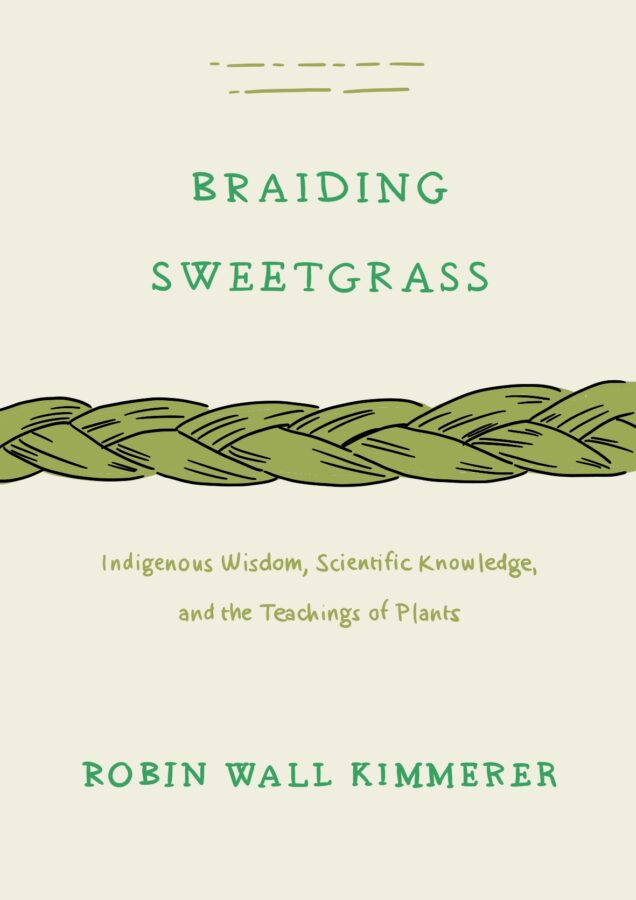
Braiding Sweetgrass
Robin Wall Kimmerer
This is a book about how to look with fresh eyes at the whole living world, as Kimmerer draws on her knowledge and experiences from her life as an indigenous scientist, a mother, and a woman. As with every book about nature I read at the minute, I felt like I learned as much about how I navigate the world as I am about how to see aster and goldenrod in a new way. It’s the book that’s shifted my perspective the most this year. I’m better for reading it and I don’t think there’s a bigger endorsement I can give.
Everything else, in no particular order
Little Deaths
Emma Flint
A quiet and unsettling thriller about the deaths of two small children. It plays on the power of stories over truth and unconscious biases well, and certainly pulls you in by the end. But I didn’t quite believe in the one sided infatuation between the reporter, Pete, and the mother who is suspected of murder, Ruth.
On Earth We’re Briefly Gorgeous
Ocean Vuong
This was absolutely beautifully written and constructed. I loved how earlier memorie echoed through later ones, just as they do in life, although mine are never as poetically formed. It was as much a story of growing up as it was of growing in a relationship with their mother and history, but those are two things that are impossible to untie.
Landmarks
Robert Macfarlane
I loved the literary reflections in this. It was brilliantly written and read, and definitely made me think about how nature and our language not only shapes how we think about the outside but how we’re able to express what’s inside. In audiobook format, I have to say I struggled with the glossary lists, but I can imagine they made for brilliant reference material in the physical book.
Uncanny Valley
Anna Wiener
A lot of the descriptions in this one (e.g. offering support for a product you only just know the surface of) struck home for me as a woman in tech, even though I’m not someone in Silicon Valley. They way Wiener redacts the names of the companies creates an in-crowd feeling of being in the know that instantly makes her readers complicit. The money involved is terrifying but the story Wiener told was so familiar it was almost comforting. The terror is really in what comes next.
Dept of Speculation
Jenny Offil
This was beautifully written in vignettes. I raced through its heartbreak and gut wrenching true moments. It feels at once distanced from the central character and incredibly intimate.
The Undoing Project
Martin Lewis
I knew of the theories that Kahneman and Tversky had developed and I had definitely been affected by their impacts, but I didn’t know anything about the pair behind them or their friendship. As you would expect from Martin Lewis the story is compellingly told while remaining insightful about their psychological experiments. I was really invested in their relationship by the end. Although I would have liked to hear more about the detail of their work, reading about the experiences that shaped them was still fascinating.
A Weekend in New York
Benjamin Markovits
Markovits has a real skill for describing how people think – there were a few moments where I felt compelled by how accurate a description was that I had to share it. The passage on naps really struck home. It’s a book that does exactly what it says on the tin, it tells you the story of a weekend in New York. It’s both eventful and not. But it is always rich in psychological description without ever feeling like it naval gazes. I thoroughly enjoyed reading it, but I have to admit I found it a bit hard to keep reading by the end.
You’re Not Listening
Kate Murphy
As an interviewer and journalist, Kate Murphy does a lot of listening. I was drawn to reading this one because I wanted to know more about how to be a better more engaged listener, as both a researcher and a friend. There were a few moments of insight into listening (supporting rather than switching for example) but largely Murphy says that you have to listen but the only way to get good is to do it more. In that sense it was frustrating, but I guess also true. I share her annoyance that so many good listening guides are about looking like you’re listening rather than actually engaging.
Days of Awe
A.M. Homes
I’m not much of a fan of short stories, but I am a big fan of A.M. Homes. As I’ve come to expect from her writing everything was easy to read while being erudite and clever without being the kind of satire that puts me off. She’s particularly sharp on family dynamics and LA vapidity. But I remain on the fence about short stories, because I long for characters I can really invest in.
Maybe You Should Talk to Someone
Lori Gottlieb
This was an absolutely brilliant audiobook. I always find having something so personal read by the author makes all of the difference. Each of the individual stories that Gottlieb interweaves, whether it’s the TV exec or the young alcoholic or the lady with terminal cancer, stands alone and is incredibly engaging. I felt like I knew them all personally, and wanted the best for them. But the honesty in her narration is what really made this one stand out. Nothing felt sensationalised or overly structured (in a way you only get when something has been structured) that made it feel less like a conversation with a friend and more like a great conversation with yourself.
The Death of King Arthur
Simon Armitage
I haven’t really read any poetry, and I certainly hadn’t read any Old or Middle English literature, since I was at university. But I’d had this one on my shelf at home for a while and for some reason now felt like the time to pick it up. I’m so glad I did. It was such a change of pace in a way that gave me a fresh perspective on everything else I’ll read this year. Plus these are the stories that made stories.
Kids These Days
Malcom Harris
There had been references to Kids These Days in quite a few of the non-fiction books I read last year, so I wanted to delve deeper into it for myself. I have to say it wasn’t as revelatory as I’d hoped. But Malcom Harris does explain clearly a lot of the invisible forces I’ve seen shaping my generation and perhaps not heard articulated altogether before. For anyone interested in this one, and learning more about millennials as a generation, this one is very US focused.
Ask Again, Yes
Mary Beth Keane
The jacket of Ask Again, Yes describes it as “a gripping and compassionate drama of two families linked by chance, love and tragedy.” That’s exactly what it is. It’s quietly profound and “literary” without being heavy handed, by which I mean it’s a great story well told. There were moments where I was frustrated by individual characters, but purely because I could imagine them so clearly.
Liar
Ayelet Gondar-Goshen
Liar was an easy read, a tv drama style page turner. I think to call it a moral thriller would perhaps go too far, while it did raise questions about lying and “he said she said” convictions, it never really went below the surface and the ending (if it was to be a moral tale) was sorely disappointing.
The Summer Book
Tove Jansson
This book was exactly as lovely as I thought it would be. Rather than a narrative it was a series of scenes and moments shared across a summer on a Finnish Island between a grandmother and granddaughter. Each vignette showed not only their relationship with each other but how that relationship was shaped by nature and the way they interacted with their environment.
Speculative Everything
Dunne & Raby
Quite a lot of the design and research books I read, feel quasi-academic in a way that means I don’t feel like I can recommend them to friends. While Speculative Everything is incredibly well researched and is obviously told through a great deal of industry and academic experience, it’s also an incredibly accessible guide to speculative design. You definitely have to have an interest in the topic to get something out of it (as you do with most non-fiction) but with it’s engaging storytelling, short examples and visual aides I think it’s one that everyone could and probably should dip into.
The Mushroom at the End of the World
Anna Lowenhaupt Tsing
If I’m honest, I really struggled with this one. I wanted to get into the deep dive on culture and mushrooms, but it was just so academic. The constant move into tangents made it hard to follow and the leaps to theory at times felt ungrounded because of that. I did learn a lot about matsutake and about the ways in which the fringes can offer alternative ways of being, but it just didn’t inspire in the way I hoped it would.
Weatherland
Alexandra Harris
It had been a long time since I read anything even vaguely resembling literary criticism, before I picked this book up. It had been sat on my shelf for at least 2 years, before my quarantine drought of reading material made me reach for it. I’m both sad I waited so long and pleased I saved it. Harris has a wonderful way of writing which balances tangible real life experiences with close reading, history and theory. It was a tour of the ages and the seasons in a way that was more like a spring walk than a trudge through slush and hail (as much lit crit is). This one has quickly become my got to for pulling out examples of great writers and the kind of work (I wish) I did at uni.
Girl, Woman, Other
Bernadine Evaristo
Girl, Woman, Other was so brilliantly written and brilliantly interwoven that I momentarily forgot my usual frustration with short stories and perspective switching. Each woman’s story was engrossing and complete while handing the baton over seamlessly onto the next voice. If we read to understand other people better, I left this book with a sense that my community had expanded in the most wonderful way.
Winter in Sokcho
Élisa Shua Dusapin
This was short but beautiful. I really enjoyed the way Dusapin used food as a mediator for experience and equivalent not only for art but for life. While there was no real exterior action, I never felt like it lacked movement or development. I enjoyed my own imaginative trip to Sokcho with its landscape and cuisine so different from where I am.
Gun Love
Jennifer Clement
“Told from the perspective of a sharp-eyed teenager, it exposes America’s love affair with firearms and its painful consequences.” Pearl’s world is so distinct that it feels real despite how absurd the situation she is in should be (or at least in my opinion, guns shouldn’t force someone so young into so many corners). There were moments that felt full and moments that felt blinked over. I think I would have preferred to spend more time in the first act of the novel, the later sections seem to race through. While the novel comes to a climax, it doesn’t feel like it ends, but perhaps that’s fitting, because there is no end to the real gun-laden story of real life Pearls.
Orkney
Amy Sackville
This was a book all about anticipation for me, every page was filled with waiting and held breath. I wasn’t sure if I would get on with Orkney at first. I was unsure about Richard, the narrator and one half of the “curiously matched couple” on their honeymoon on the Scottish island. But I agree with the other reviews that describe Sackville’s writing as hypnotic, particularly with the lulling force of the sea in this novel and all of the references to selkies and sirens.
Saltwater
Jessica Andrews
Reading Saltwater quite quickly after A Line Made By Walking it was hard not to see the parallels, a young woman leaving the unmanageable bustle to live in the house of a recently passed grandparent somewhere in more rural Ireland. I felt those parallels much more keenly than those listed on the jacket to Fleabag and Sally Rooney. The restaurant scenes also gave me flashbacks to Sweetbitter by Stephanie Danler. Saltwater was enjoyable to read but hard to get into. I often struggle with narratives that jump back and forth and I found the tone of the lead character’s epistolary moments to her mother a little cloying. That said the way Andrews built her characters was incredibly real and grounded, and her depictions of working our how to fit in somewhere new only to find you’ve only made it halfway and no longer quite fit at home resonated with me.
Unfollow
Megan Phelps-Roper
Megan Phelps-Roper’s story of growing up in, leaving and then learning to live after the Westboro Baptist Church is so tenderly and compellingly told it’s hard to put down. There’s a level of intrigue that comes with any tale from inside a group so well known for hatred. But Phelps-Roper’s memoir is a lot more than that, and really reflects on how each of us probably has beliefs we hold onto, unchecked with doubt, and the damage that can do.
Women & Power: A Manifesto
Mary Beard
As you would expect from Mary Beard, this was well explained and carefully constructed. She weaves references from ancient Greece to the present to show how the issues of women and power shouldn’t just be discussed in terms of how women can shape themselves for power but how we can reshape our notions of power to be more empowering. I took a lot away from her interpretations of ancient myths as well as her reflections on her own experiences as a woman who has received twitter abuse for years. I think I would have liked to have heard more from her about these new shapes of power, but as she mentioned in the footnotes this is a book that was taken from two lectures and the question of what a more inclusive mental and social model for power might be would be a whole book in and of itself.
Why I’m No Longer Talking to White People About Race
Reni Eddo-Lodge
Eddo-Lodge covers both the historical context of British racism but also plenty of examples that, personally, hit close to home for a modern reader. This breadth allows her to show the patterns that have been created and the structures that are in place that prevent equity and justice. I found her call at the end for white people to sit in their discomfort but use their privilege to support and amplify anti-racist work, not to lead it, and to have those hard conversations with their white peers hugely helpful. While Eddo-Lodge didn’t have to talk to so many white people about race, and I’m so glad for her clear explanation of the importance of boundary setting, I know my reading this year was enriched by her penning this.
Good Economics for Hard Times
Abhijit Banerjee & Esther Duflo
The more I read, the more I had mixed feelings about this book and economics in general. I really enjoyed the focus on dignity in this exploration of economics for our times, and the ways that our real behaviour may not conform to what outwardly seems logical but that doesn’t mean it’s irrational. The closer case studies and some of the broader ideas for economic reform felt tangible and practical. But I left with a sense that the best economics was done by people who weren’t studying economics but had applied more social or behavioural thinking to the why of a quant measure, then tried to see what that means for what we consider economics. I guess that’s why the final rallying call of the book is that economics is too important to be left to economists.
Fleishman is in Trouble
Taffy Brodesser-Akner
This book is a brilliant character study and felt so apt for its time. Dealing with the fall out of a divorce, Fleishman is in Trouble deals with so much of how try to understand ourselves and our own insecurities and how we try to understand those around us and just how interwoven and poorly done both are almost always. I never felt the need to race through this one, but I was hooked throughout, or at least til about the last 30 pages.
Eileen
Ottessa Moshfegh
After reading My Year of Rest and Relaxation, I was expecting to love Eileen and I did. Moshfegh has such a talent for writing women so specific that you can’t help but find a quirk in them, an anxiety or compulsion, that feels so real and relatable no matter how bizarre the setting. I would have questioned the classification of Eileen as a “thriller” had it not been for the last third, which genuinely made me gasp. The darkness of Moshfegh’s humour is balanced perfectly with the darkness of the plot and setting.
Between the World and Me
Ta-Nehisi Coates
This was an incredible mix of raw description and poetry. I think because it was written as if it were just for Coates’s son, it felt intimate and loving even while it described the brutality of racism. The focus on “the black body” and the physicality of racism mixed with that intimacy are what makes it such an impactful read. It’s the emotional, real foil for statistics and histories that can feel distant. I don’t think you can read this and still be comfortable staying in “the dream” as Coates calls it of white comfort.
On Chapel Sands: My Mother and Other Missing Persons
Laura Cumming
I have to say I was a little disappointed by this one. It’s a lovely story of trying to get to know your family and how difficult that truly is. Cumming’s mother’s (and grandmother’s) story is one that is filled with secrets and silence. But for me that silence felt too padded to turn this from an interesting story into something longer. Perhaps it was because I listened to the audiobook but while interesting the art history felt unnecessary and some adjacent musings too long.
Heartburn
Nora Ephron
Heartburn was every bit as witty and pacy as you’d expect from Nora Ephron. While it wasn’t filled with a twisting plot, I found myself just wanting to read more and more to hear her voice. It’s smart and sharp and tragically personal. The interludes of recipes and memories are brilliant and only add to the overall feeling of the novel rather than distracting from it. I would love to be able to turn any single moment of my life, let alone one so heartbreaking, into such searing copy.
Missed Connections
Tess Smith-Roberts
This short graphic novel was exactly everything I wanted it to be in this time of feeling alone and isolated. Filled with Tess Smith-Roberts’s signature shapes and colours it was funny and joyous whilst also being poignant and relatable. Recommended park reading.
Alias Grace
Margaret Atwood
This was my very first Atwood, and it was just as readable and engaging as I had expected. For most of the novel it felt like what I had wanted from XX, a fictional look into a real murder potentially enacted by a woman. Grace and Simon are each fascinating and the way Atwood sews the story together, like the quilts used as metaphors so often, between view points, styles and excerpts from other sources is masterful. I’m not sure how I felt about its conclusion, about some of the coincidences that drove the climax. But I definitely enjoyed reading it and almost didn’t notice that it was much longer than the usual book I pick up.
Ordinary People
Diana Evans
I can see why so many people have liked and recommended this book, the writing is smooth, the characters are relatable and it tells a story of growing up, in and out of love. But I really didn’t get into it. I wasn’t invested in Melissa, Michael or Damian and no point in the plot hooked me in.
Dead Famous
Greg Jenner
I listened to Dead Famous as an audiobook, and I’m really glad that I did. Jenner is a brilliant reader and really brought the stories of fame throughout the ages to life. It’s one that I enjoyed while I was listening and may help me on a pub quiz, especially if there’s anything on old-timey actors or charioteers which I knew nothing about before, or even just to amuse friends in the future, even if it didn’t completely change my life (as is the bar for a great audiobook these days!).
Death in Her Hands
Ottessa Moshfegh
As I’ve now come to expect with anything written by Ottessa Moshfegh, I thoroughly enjoyed Death in Her Hands. I was invested in Vesta as much as I was the whodunnit, which didn’t really turn out to be a whodunnit. I don’t know if it was because I was enjoying reading it so much, or the pacing (I’ve found all of Moshfegh’s novels I’ve read start slow and then race to the end in the last quarter or less) but it felt like it ended halfway through. It was funny and dark and sad, but I wanted something more out of its conclusion.
Bringing Back the Beaver
Derek Gow
I had eagerly anticipated the release of this book. I loved Isabella Tree’s Wilding last year, and she had mentioned Derek Gow and his beavers and I was so excited to learn more. Beavers are such powerful creatures (in both physical strength and landscape impact) and yet I knew very little about them. This was a great introduction to what they can do, why their reintroduction is vital in the UK and the ways lots of smart people have been going about it. It was also a great introduction to the bureaucracy that surrounds wildlife in the UK, DEFRA are certainly the villains of the story. I’d highly recommend it as an audiobook because it reads as a great storyteller in a pub, telling you tales of a creature they love.
Hope in the Dark
Rebecca Solnit
You could tell this book had dated a little since its 2003 release. But Hope in the Dark’s core themes of there being hope in the uncertainty of the future if you’re actively working to shape it rang true. At a time where it’s easy to feel like things are just set to be bad, it was comforting. I think I enjoyed Solnit’s A Field Guide to Getting Lost which I read last year a bit more, but this felt almost like a philosophical companion to Bringing Back the Beaver which had a similar refrain of the only way things happen is if we’re doing the work.
Incendiaries
R.O. Kwon
Incendiaries was a compelling story of faith and fanatacism. It was easy to read and played a little like a movie for me. The perspective switching didn’t quite offer the depth of character I was looking for from the characters aside from the main narrator, Will. I know that was part intended as their perspectives are still told by him to an extent, pulled together from fragments, but where I had really wanted to get inside the cult at the centre of the novel, Jejah, I still felt like an outsider.
Persuasion
Jane Austen
My annual Austen was as comforting and fun a read as ever. Anne Elliot has a maturity that’s distinct among Austen heroines, although 28 certainly isn’t old, which was a particular joy. I would have liked a little less exposition of feeling and a little more display, but honestly these are classics you can’t go far wrong with.
Weather
Jenny Offil
In a similar vignette type style to Dept. of Speculation, which I read earlier this year, but I felt more connected to the narrator. The climate anxiety felt very real. I enjoy Offil’s writing but it always seems to wash over me, it feels so true to the moment that it’s part of it, rather than sinking in.
What can a body do?
Sarah Hendren
This raised some really interesting questions about what our bodies can and can’t do with and without assistance, and what assistance really means. The mix of Hendren’s personal and professional reflections struck the perfect mix of informative and engaging. There are lots of things I will take away with me into my day to day life as well as my work including: the requirement and the gift of assistance being a fundamental part of being a human being, that scalability doesn’t have to mean homogeneity, that prosthetics aren’t just robotic arms and sometimes those robotic arms aren’t what’s really required and more than anything else that the range of lived experiences and expertise in the world could and should be tapped into to shape and keep shaping the world around us.
City of Girls
Elizabeth Gilbert
As I read City of Girls, I kept commenting that it felt like a TV show. Perhaps it’s because I was watching The Marvelous Mrs Maisel at the same time, but I think it’s more likely down to the vividity of the characters and the conversational tone that Vivian the narrator strikes up that really brings you into her world. I thoroughly enjoyed every page and could have kept reading for much longer, despite it already being one of the biggest books I’ve read this year. I will say that I think that the first half was stronger than the second, which in places felt like it was trying to round up and skip through to get to an end that wasn’t for the reader but for the premise of the epistolary set up.
Exit West
Moshin Hamid
The Guardian described Exit West as a magical vision of the refugee crisis and that’s pretty much perfect. Hamid envisions a world that feels a stone’s throw away from the one we inhabit today but also in an alternative, slightly magical, universe. It chronicles both the international impacts of a global refugee crisis and the consequences of a different form of migration for those who are moving and those who aren’t, alongside the very normal story of a relationship. It got me thinking but it didn’t draw me in.
Golden Child
Claire Adams
Set in rural Trinidad, this family drama about a missing twin is taut with both drama and emotional turmoil. I raced through this even though it was tough in places. The setting is as much a character as any of the family members and really transported me.

